I don't know if I ever mentioned this, but one of my long-term wishes is to visit each region of Italy, slowly. Without frantic driving from town to town, running between monuments and museums. No. A couple of days in one place would do. Looking through a window in the morning, having tea, spremuta and a croissant (cornetto or brioche in Italian) in a neighborhood bar, watching the locals as they walk their dogs or pick up the morning newspaper. Having a long lunch or a dinner at the local trattoria. Wandering into palaces and museums devoid of visitors, without popular masterpieces, exploring local art. Making a day trip with detours every time we see something pretty.
We've traveled that way in Veneto, Sicily, Umbria, Trentino, Lombardy, Puglia, Basilicata, and last year also in Tuscany (I am aware that we are very fortunate to live that close to Italy and to be able to travel). I visited Tuscany once before, more than 10 years ago with my parents and loved watching the landscapes passing by through the bus window, Florence with its dense concentration of art and the small towns of Lucca, Siena and, San Gimignano. So many beautiful places in just one region! Last summer, when I bought two tickets for Yann Tiersen’s concert in Rome as a gift to Luka for his birthday, an opportunity stroke to visit Tuscany, as a two day stay on our way to Rome. We chose Pienza because I remember the town from my Renaissance Art classes at the University, as a model Renaissance town, but also because I read about nearby thermal springs and pretty thermal town of Bagno Vignoni in Frances Mayes’ Under the Tuscan Sun book (I've been traveling inspired by that book before as well- you can read about it here and here).
Pienza was not always Pienza during the course of history. Let me explain- until mid-15-th century it was a hilltop village of Corsignano, where future Pope Pius II was born in 1405 as Enea Silvio Piccolomini. When he became a Pope, he decided to redesign his native village into an ideal Renaissance town. The rebuilding began about 1459, done by Florentine architect Bernardo Rossellino- the two of them managed to redesign the center of the town erected around the trapezoidal main square. There stands the Cathedral (consecrated already in 1462 by Pope Pius II himself!), Palazzo Piccolomini (intended as a summer retreat for the Pope), Palazzo Vescovile (intended as a residence for bishops), a town hall (the Palazzo Comunale) and a travertine well (called Pozzo dei Cani, or “Well of the Dogs”, I still have to find out why?).
Unesco listed the historic center as a World Heritage Site, as a first town where Renaissance town-planning concepts were carried out and thanks to its “authenticity in terms of design, material, workmanship and setting” and a “significant role in subsequent urban development in Italy and beyond” (read the entire text here). The square and its buildings are all measured out proportions, Renaissance simplicity, and order. Due to the fact that Piccolomini family lived in their palace up until 1962, a lot of the original furnishing is still there- and the palace is open for visitors. On its southern side, it opens up with loggias on all three floors, followed by an enclosed Renaissance garden overlooking the Val d’Orcia valley and the Mount Amiata in the distance.
We came to Pienza around noon, just in time for lunch and then an afternoon passeggiata around the town (I love embracing that Italian custom when everyone dresses nicely and goes out for an evening stroll). Our B&B was a working farm just a couple of minutes walk from the center, yet very quiet, with a nice garden under the shade of a walnut tree.
Pienza is known for its sheep’s cheese, the pecorino, and there are a lot of shops selling it, and a lot of bars and restaurant offering it on its cheese plates. From what I’ve picked up from this region is that their cheese, cured meats and vegetables sott’olio (vegetables in oil, or literally under oil) game is very strong (that game is also very strong in Umbria and Sicily should you be interested).
We sat for a lunch at Buca di Enea (Enea’s hole, Pope Pius II still reigns in these parts), a tiny place that you could really call a hole in the wall. It has a counter, no kitchen I think (everything was prepared behind the counter), and about three tables. We ordered a plate of cured meats and local cheese- my favorite one was Pecorino Rosso, whose red, slightly spicy crust is made with tomato paste. Once again, we were convinced that no one does the thinly sliced prosciutto and ham quite as the Italians do.
Later in the afternoon, we took a walk around the town- it being pretty small, there is no rush, and you can slowly enjoy the flower pots in front of the doors, narrow passages, and truly spectacular views of Val d’Orcia from the promenade above the town walls. The undulating landscapes, colored in brown, green and yellowish patches of farmland, fortified towns on top of the hills, the roads lined with cypresses and the fields separated by dark green hedges, are the real version of Tuscany everyone knows from the postcards. The landscape of Val d’Orcia is so spectacular that Unesco listed it in its World Heritage List, as an example of “well-managed Renaissance agricultural landscape”.
At sunset, we found ourselves on Via Santa Caterina, the street on top of the town wall. The colors of the landscape at sunset were purple-hued, as taken from Claude Monet’s paintings of Venice. Among other strollers enjoying their evening passeggiata, we noticed an unusual couple sitting on the bench. An Italian grandpa, playfully waving his legs back and forth and a Japanese tourist- chatting like old friends. The Japanese was eating some crackers, and the Italian stated: "Buono.", pointing at crackers. The Japanese answered in his thick accent: "Buono, buono, buono." We approached them and started talking to the Japanese in English, and then the grandpa asked: "Which language are you speaking now?" Seeing this two men enjoying each others company no matter the age or the fact that they had just met, ignoring the language barrier, was one of those moments that I like to collect and keep from my travels.
The next morning we planned a day trip to the nearby thermal springs and a peculiar little town, about whom I’ll be writing in my next post, and soon. When we returned healed and in a state of a relaxed sleepiness, we had another afternoon to explore the town. Luka opted for an hour of afternoon sleep, and I opted for a walk with my camera around the town. As much as I expected Tuscany to be piping hot and crowded with tourists in the height of summer (we visited at the end of July!), a breeze was omnipresent in Pienza, and the weather felt like early fall. There were people, groups from now and then as well, but it wasn’t as crowded as to get annoying, not as crowded to bring with itself tourist scams and tacky souvenir shops. I got the feeling that relatively few people actually stayed in Pienza, so in the late afternoon, when the tours were gone, us that remained had the town all to ourselves. I wandered in an out cheese and deli, linen and soaps shops, lured in by the smell. There is a certain freedom in wandering a town all by yourself, and I took my time in documenting the everyday scenes, the shop windows and the narrow streets adorned with flower pots.
In the evening we went for dinner in Monticchiello, a nearby hilltop town with a winding road lined with cypresses leading up to it. Osteria La Porta was highly rated on Tripadvisor, higher than most restaurants in Pienza, and we are always up to visiting yet another Italian hilltop town. Dinner was good, two pastas as antipasti, and then pork roast for Luka and chicken roast with potatoes for me- but, nothing spectacular, nothing I’d remember vividly or what would make me want to visit again. Our conclusion was that Tuscany is used to having tourists by default, and therefore the food wasn’t as delicious as the one we had in humble, relatively undiscovered Umbria. (You can read about our Umbrian food experiences here, here and here). From Monticchiello, we caught another beautiful sunset and bucolic views of the surrounding countryside, and in the morning, we headed for another dip in the thermal hot springs, and then further to Rome.
In my next post I’ll be writing about Tuscan thermal springs and the beautiful town of Bagno Vignoni (with a pool instead of the main square), and in the meantime- I would like to hear back from you! Have you ever been to Tuscany? Umbria? Pienza? Any beautiful walled town I’m not aware of? Please share!
*P.S.- if you enjoyed this post and would like to give me a little nudge into keeping this blog running, you can do so by buying me a coffee on the Ko-fi platform. Thank you!
Pin this article for later!


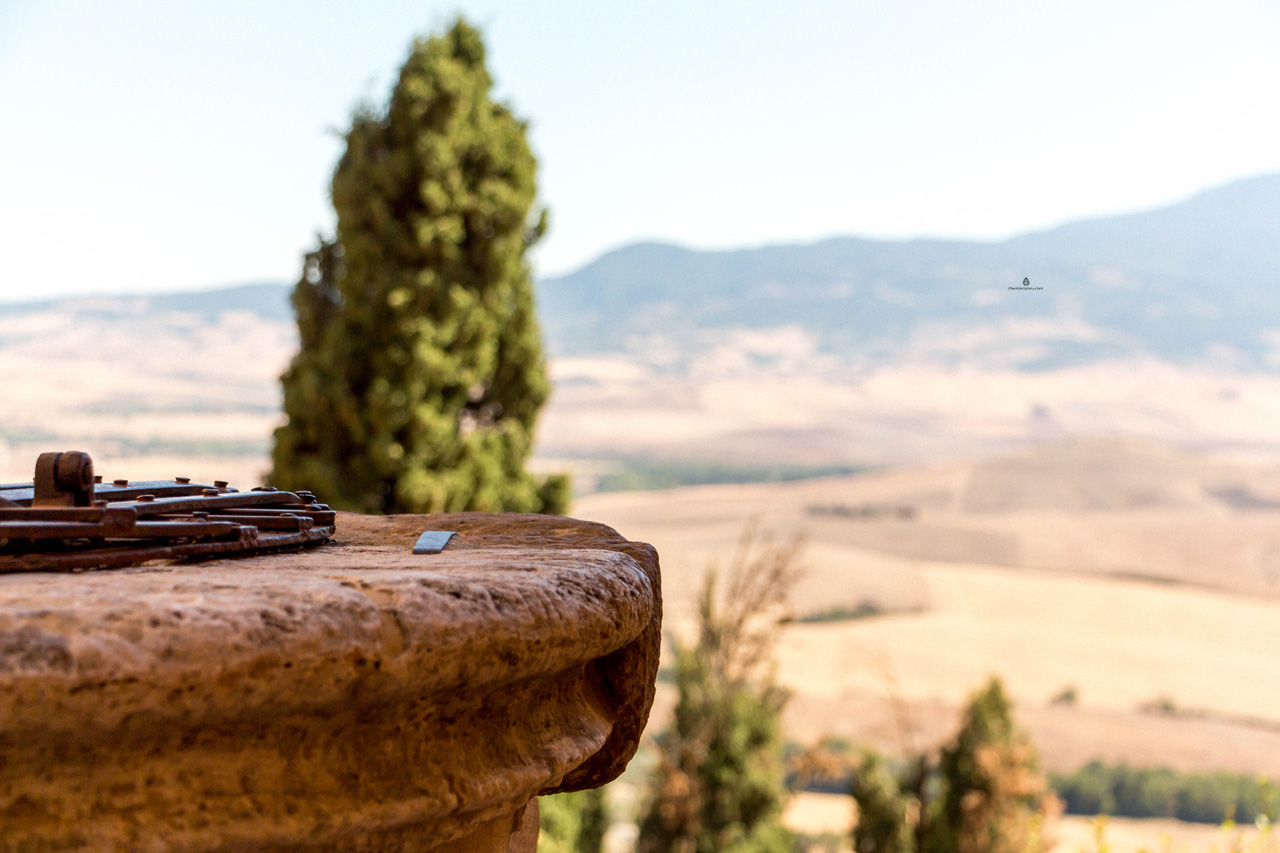
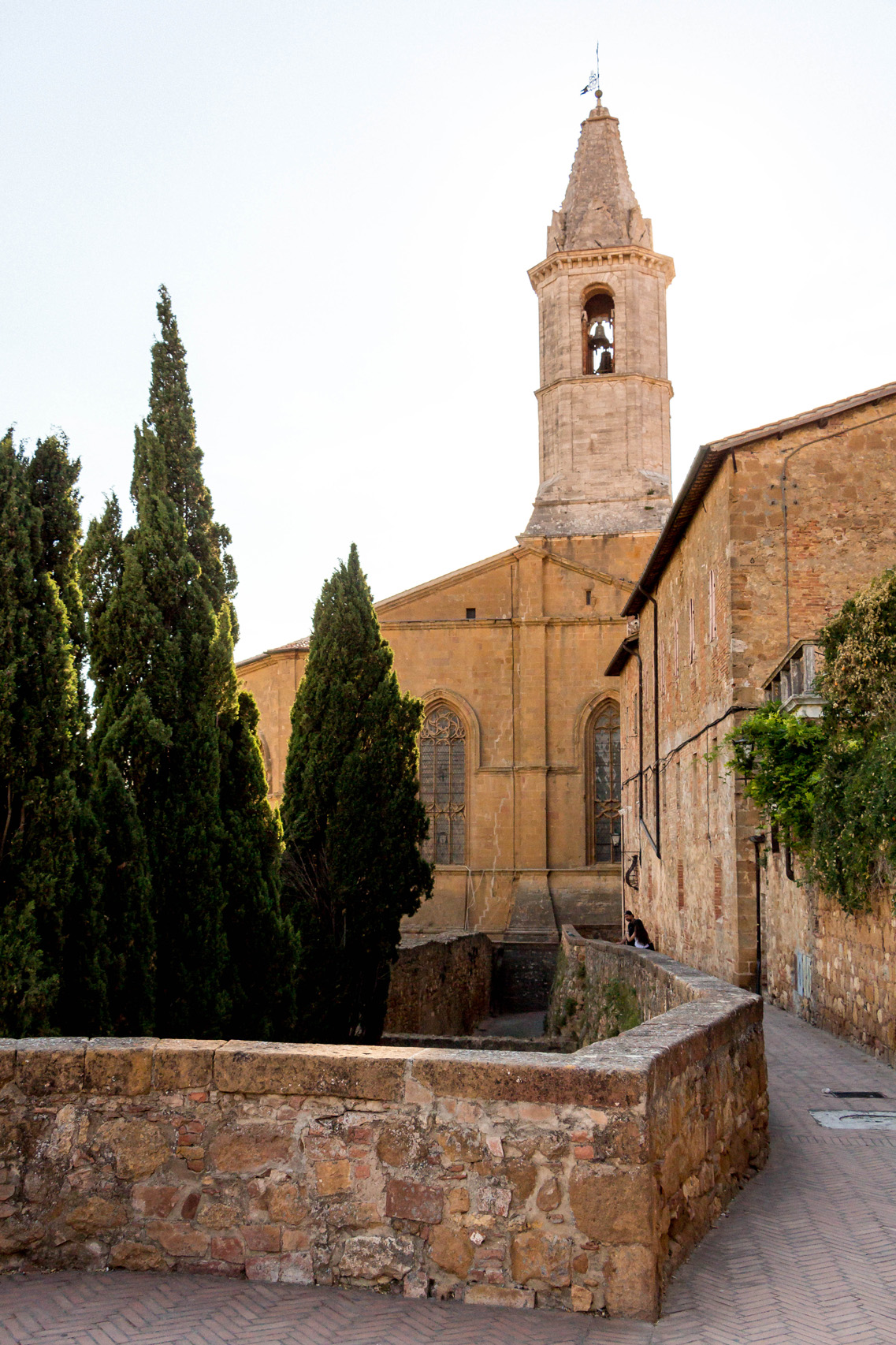
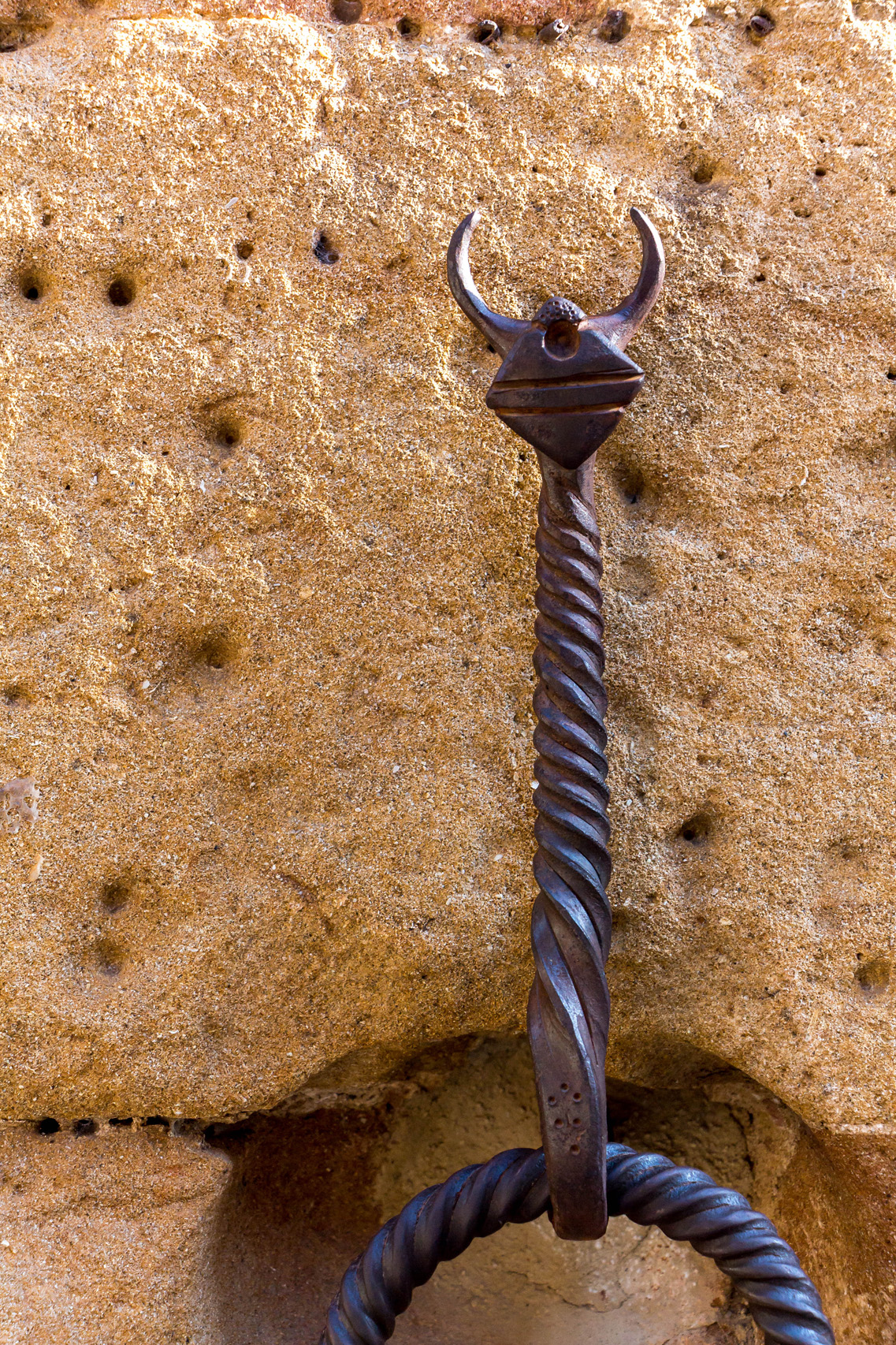

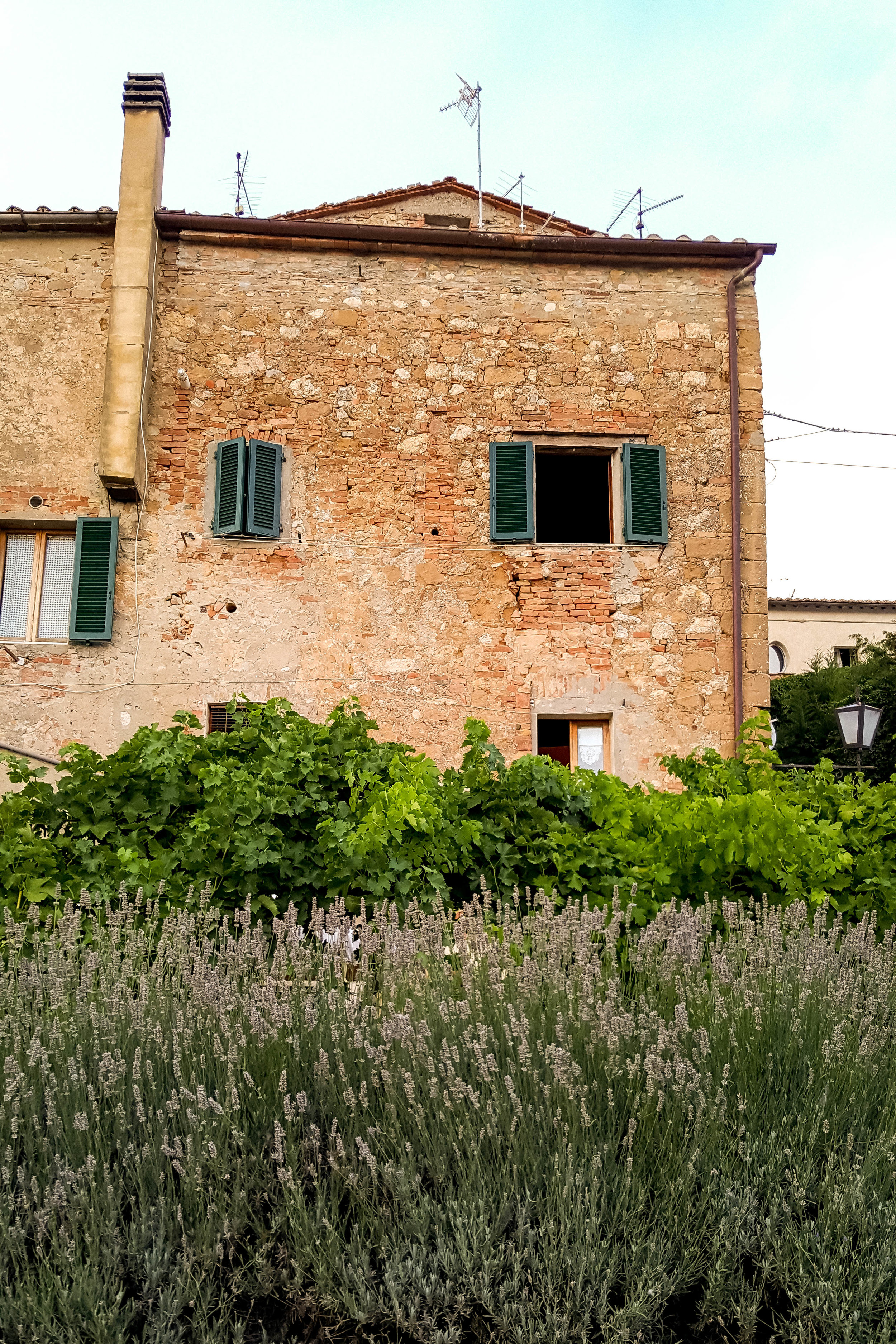
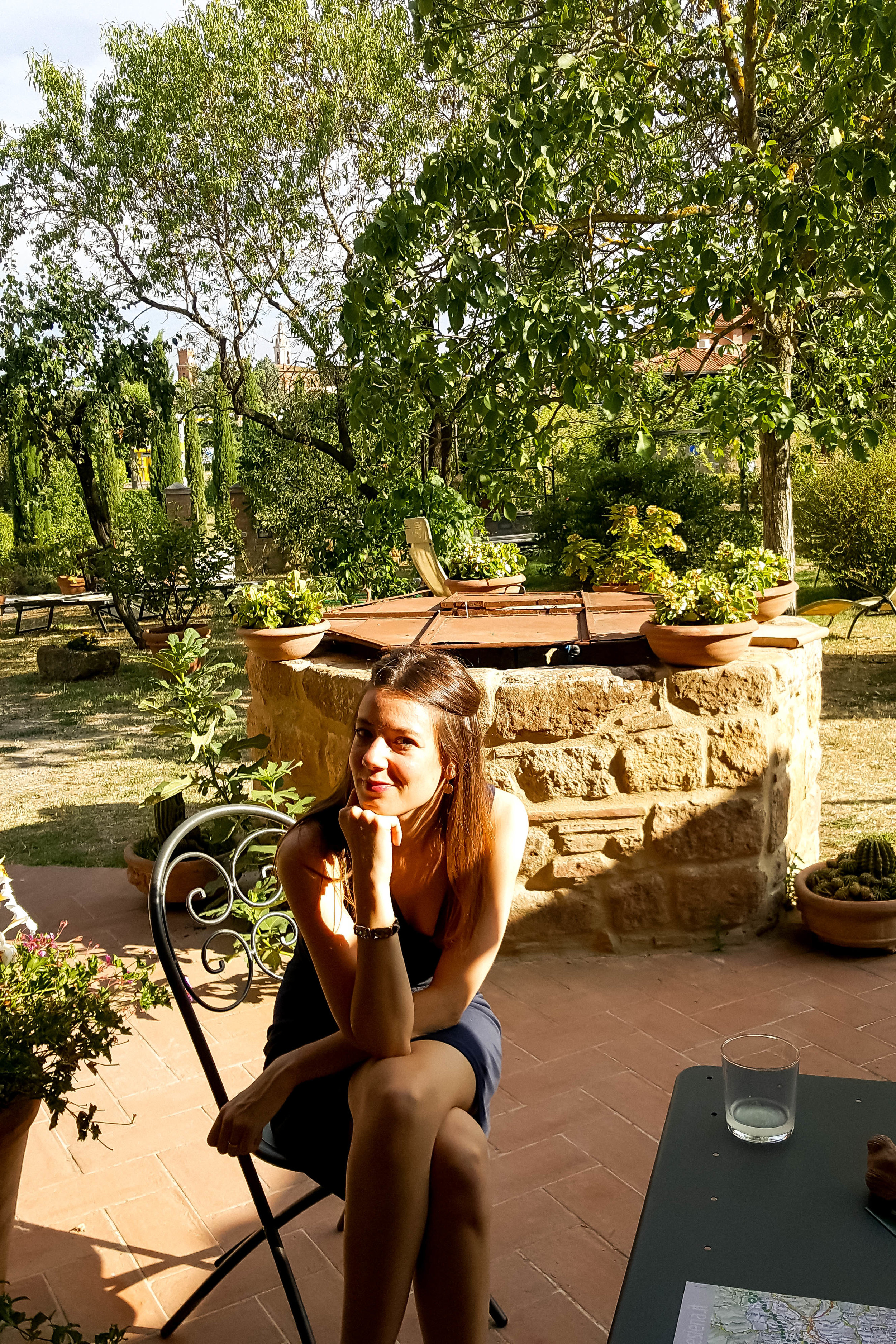
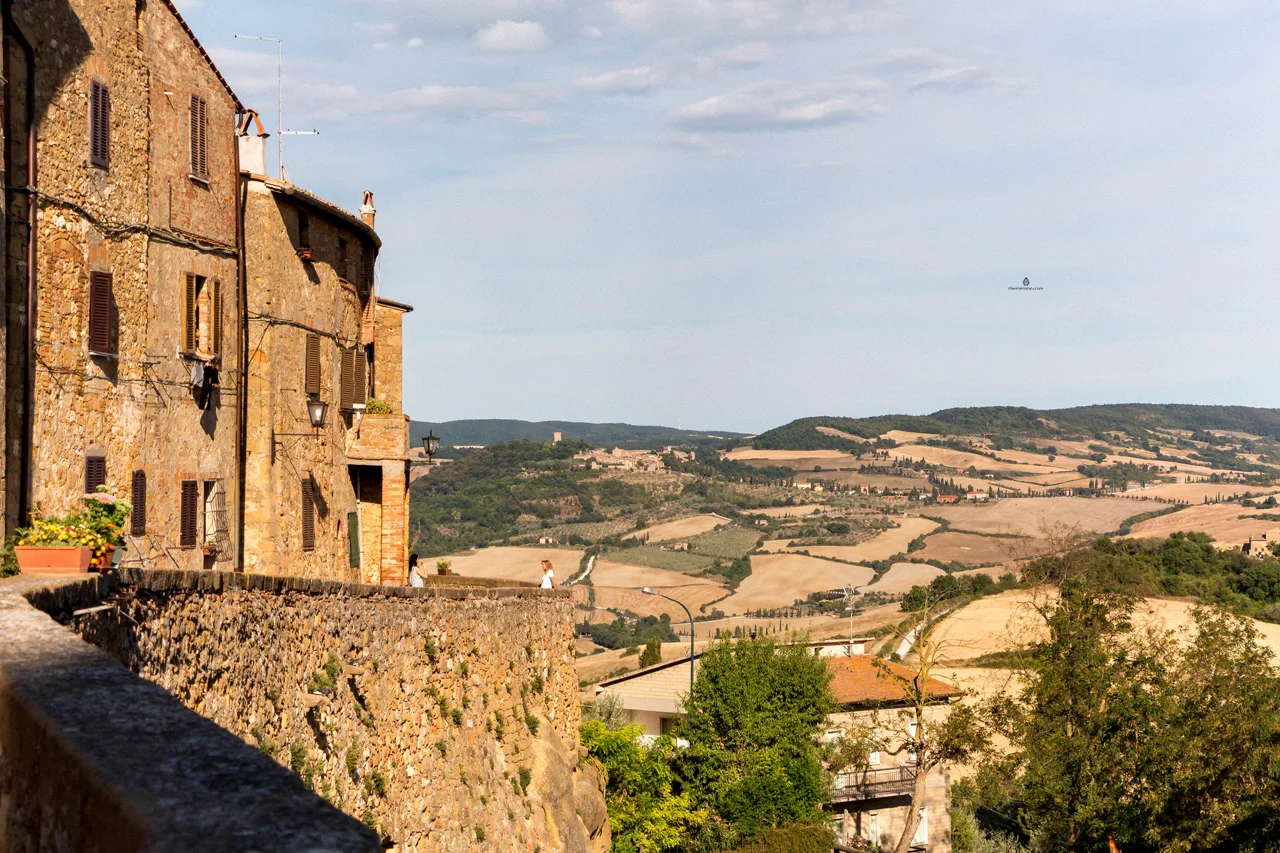


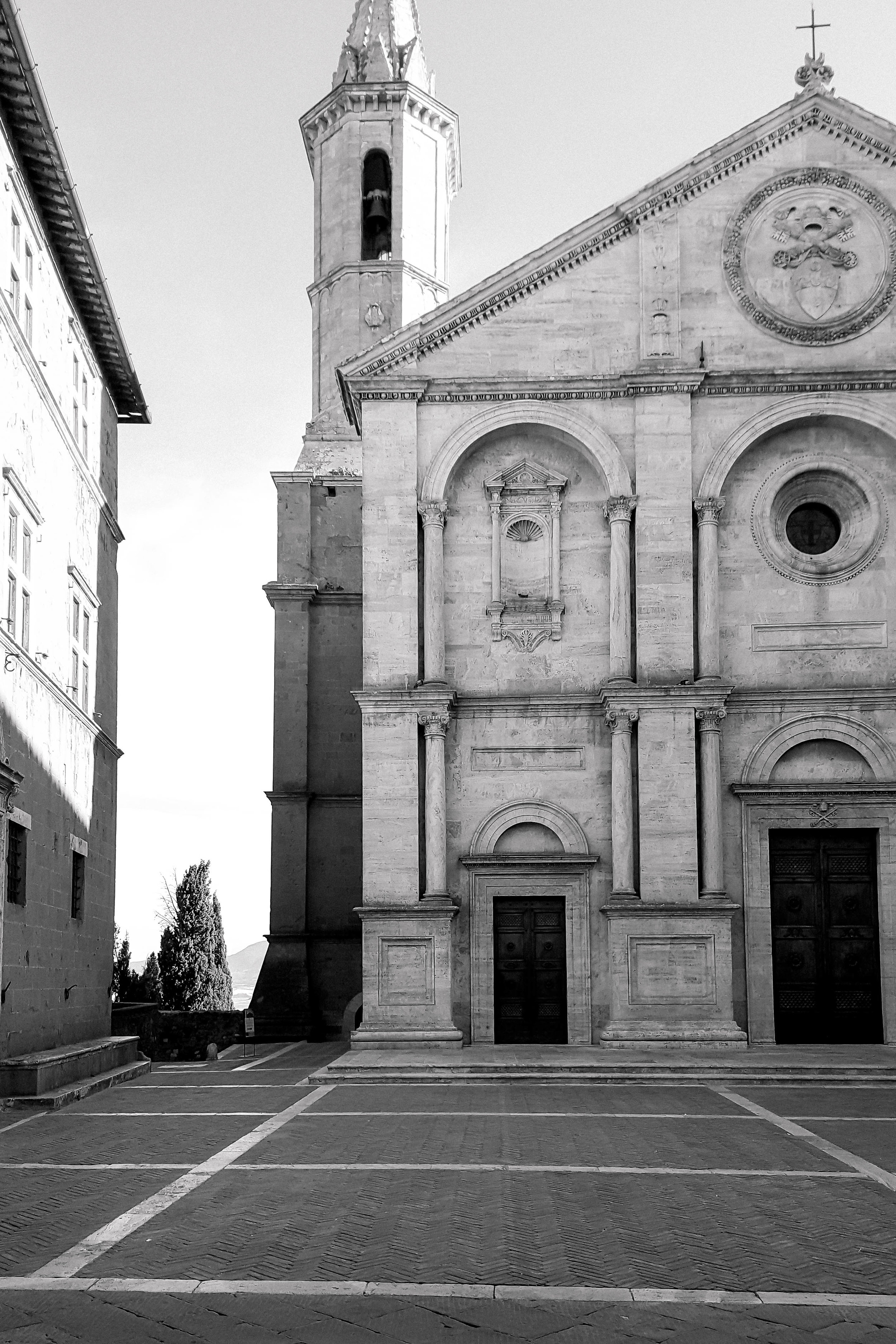
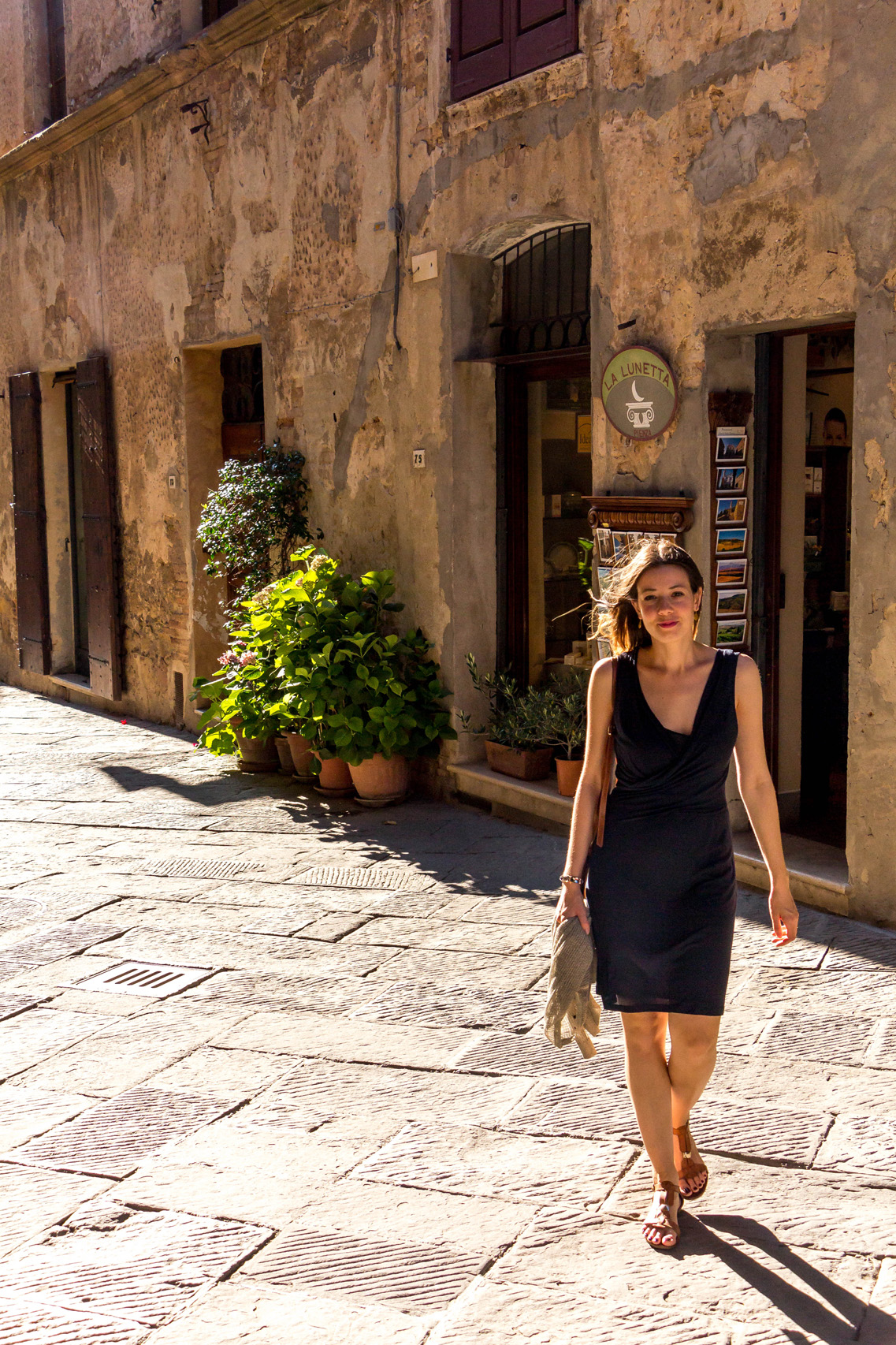
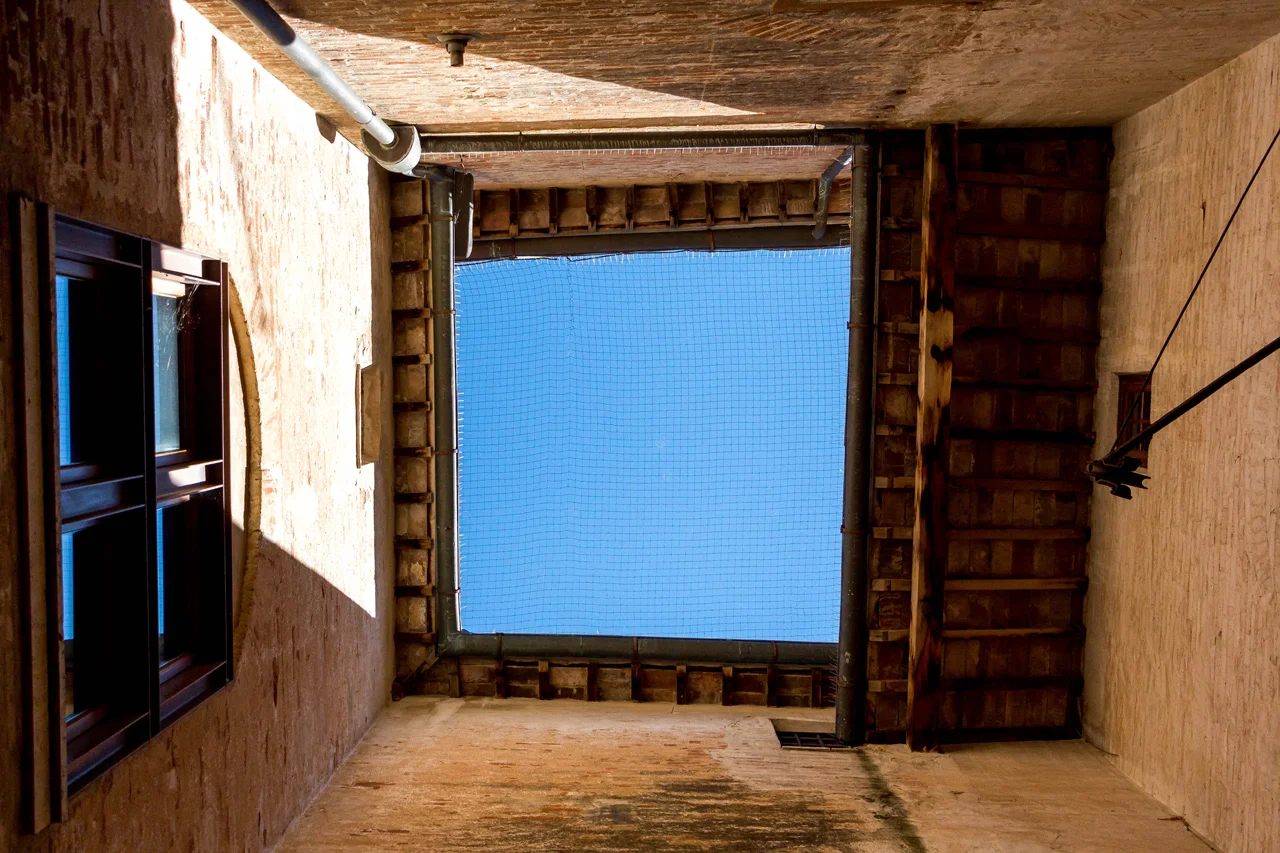
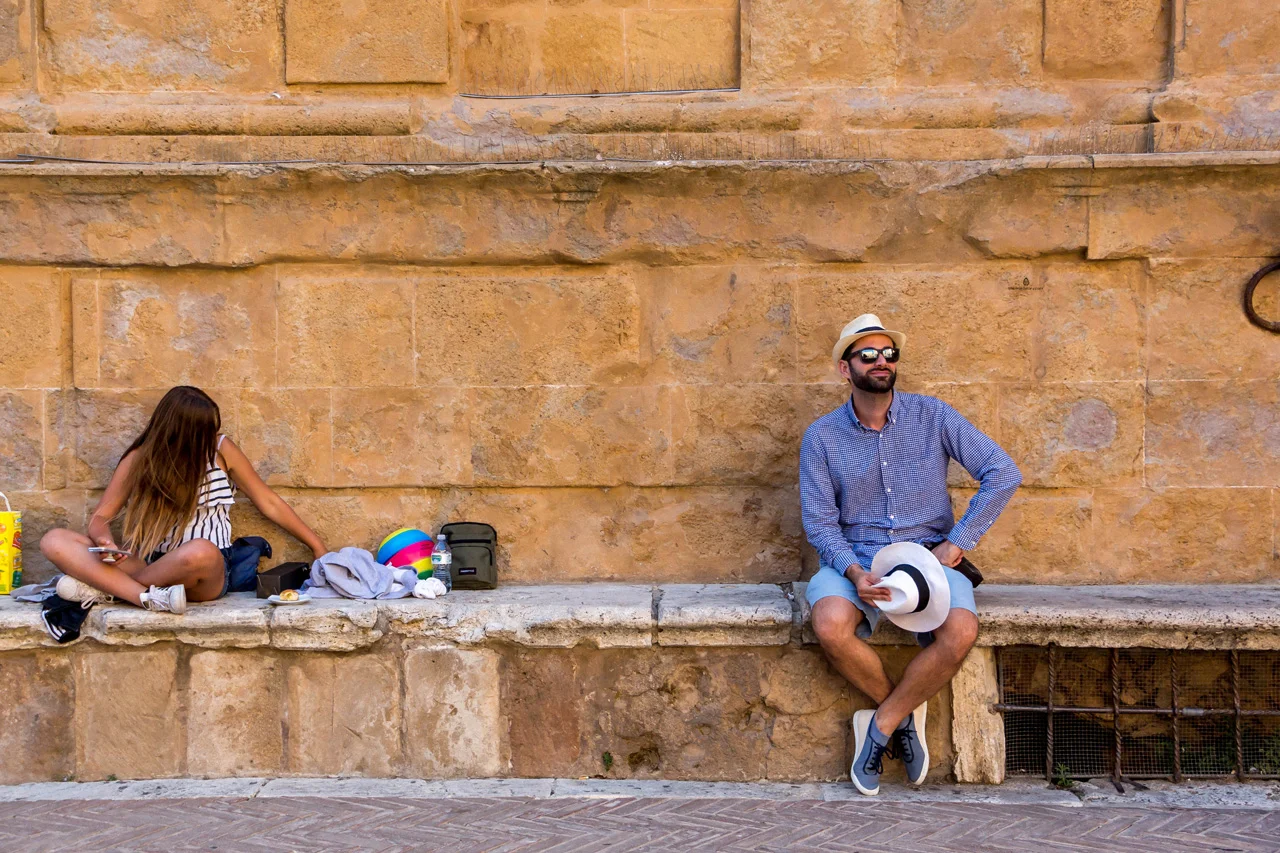
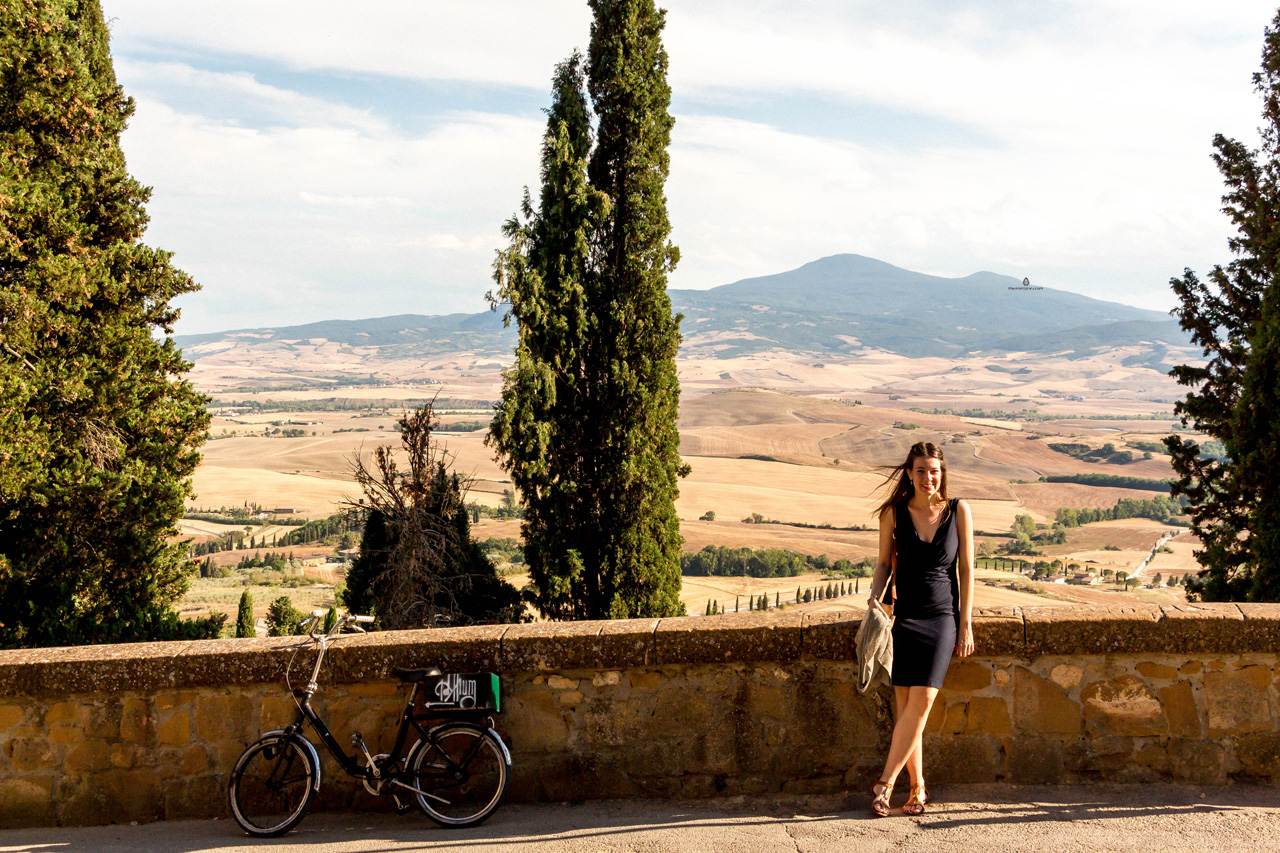
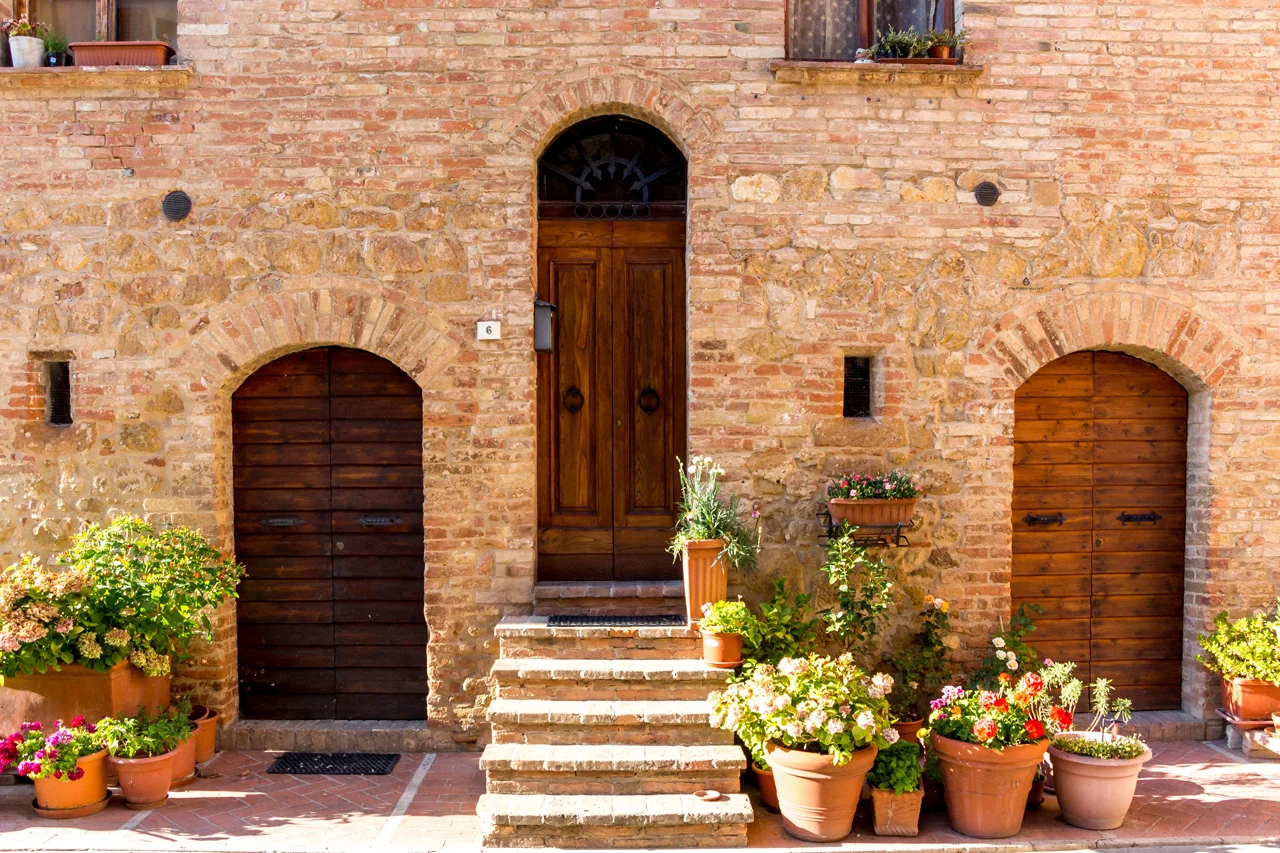
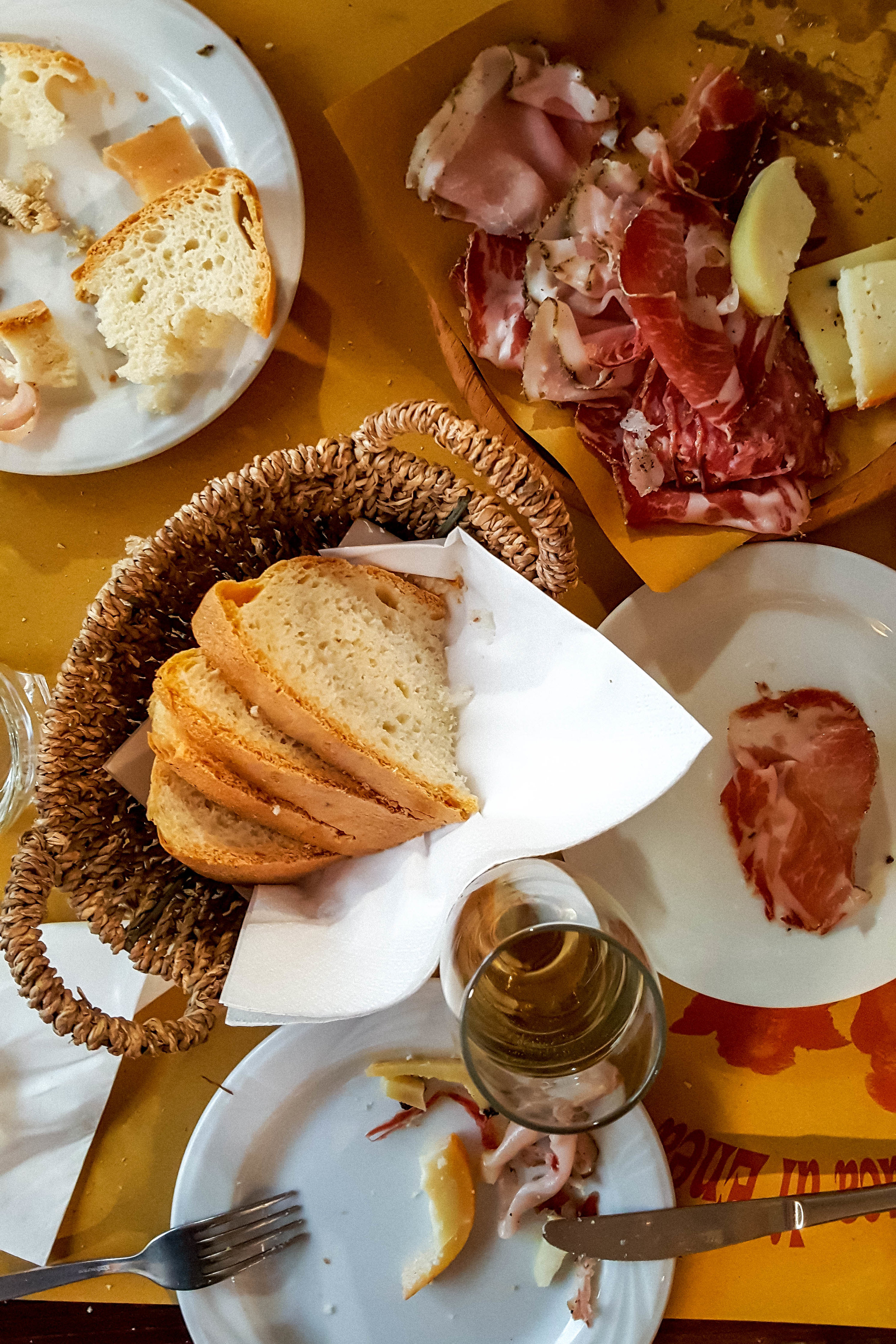
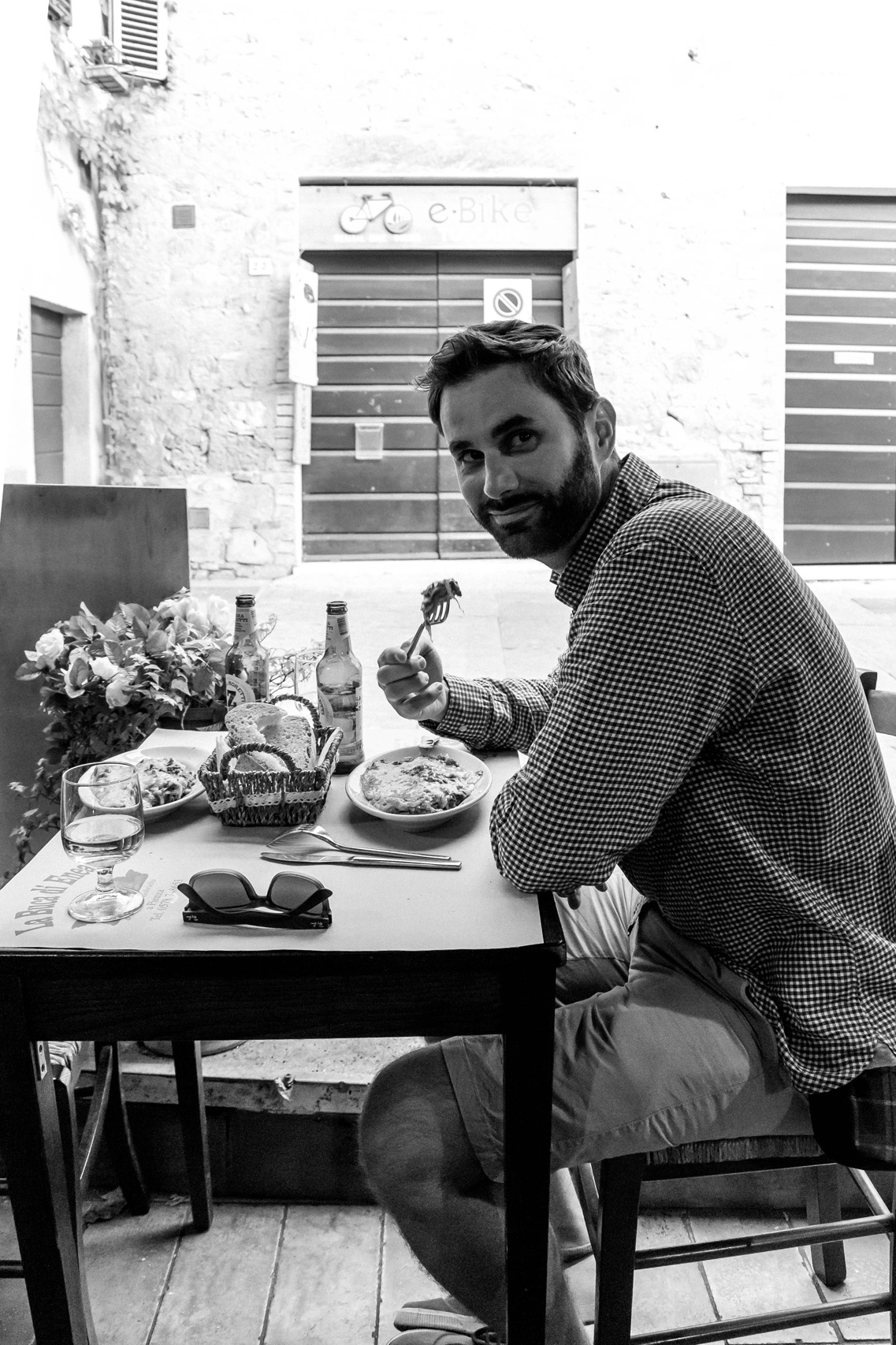
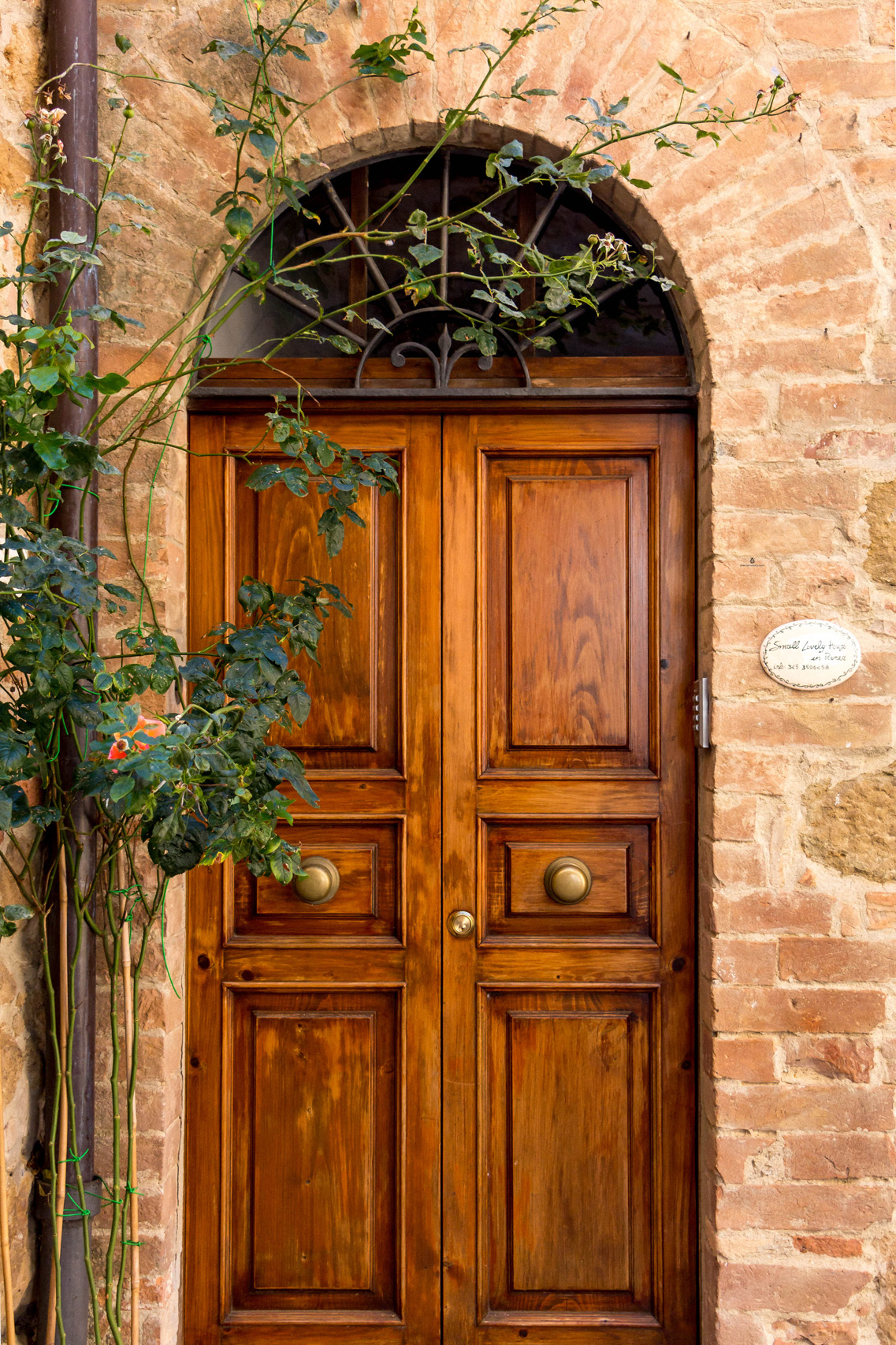

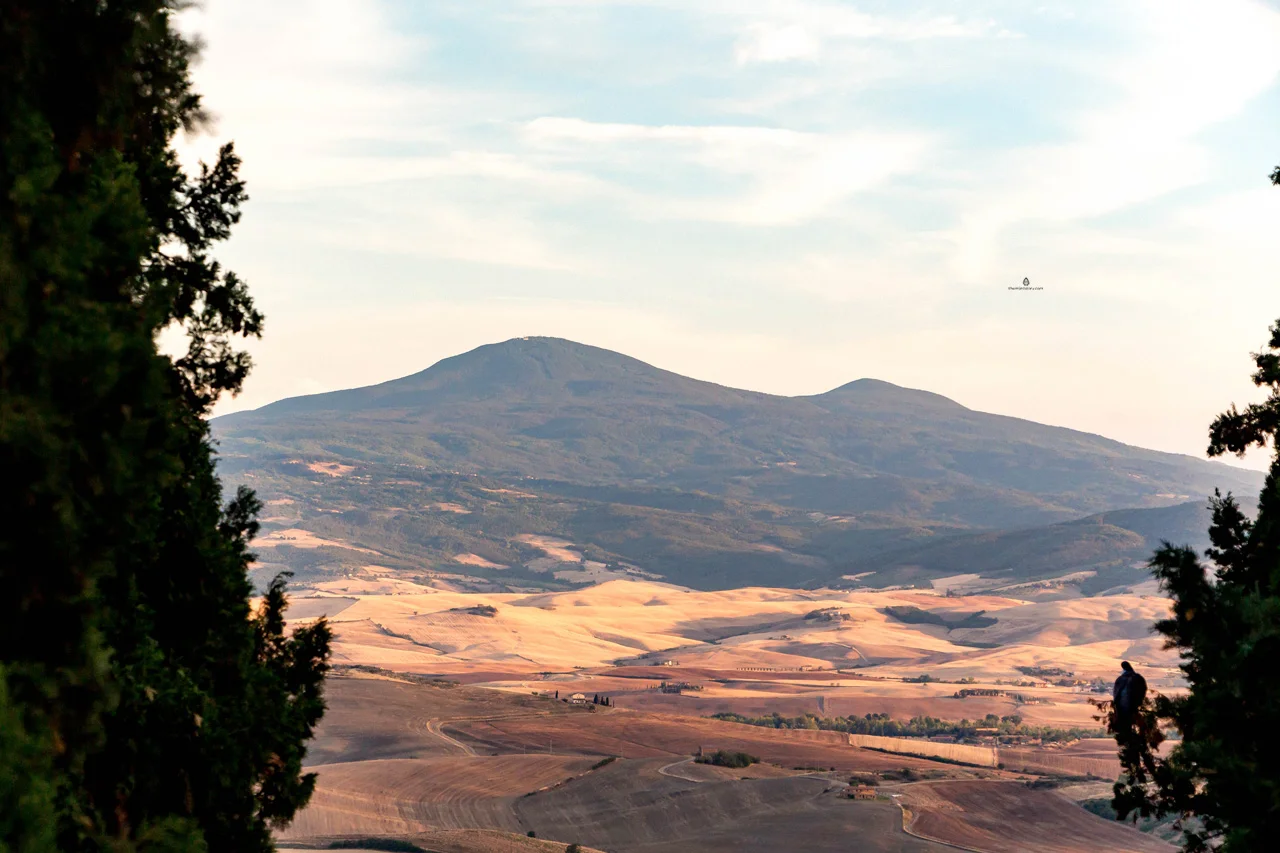

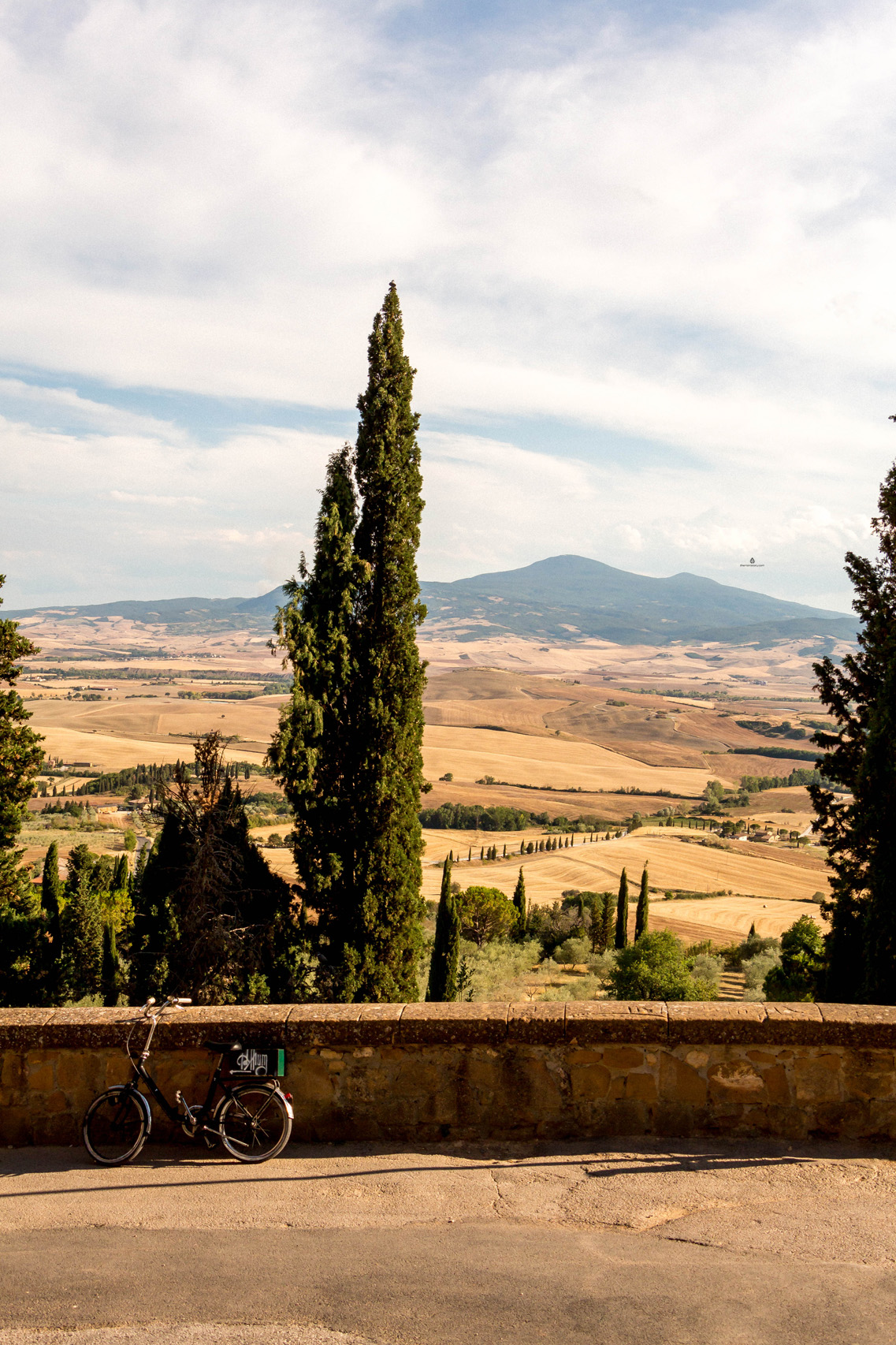
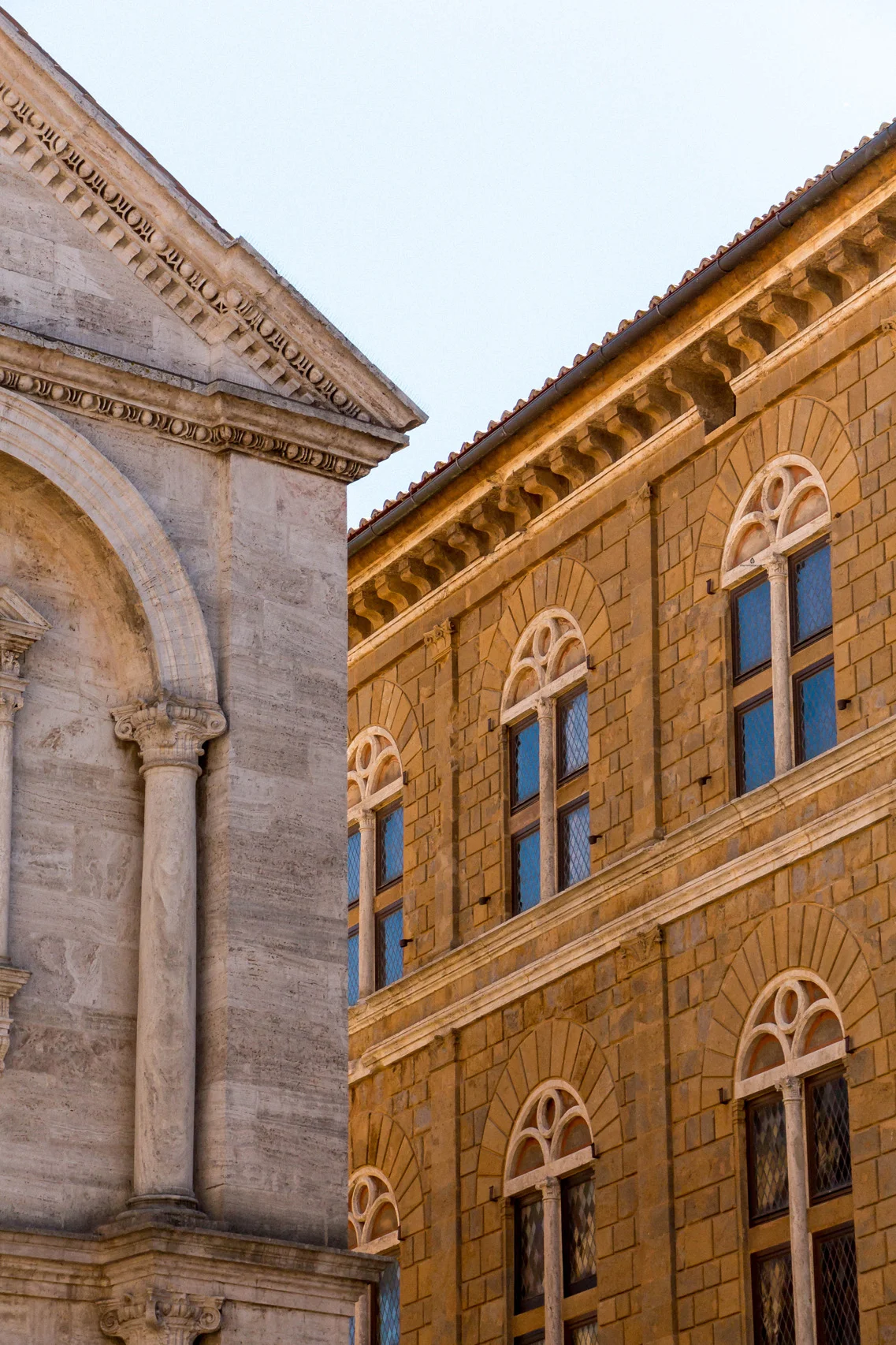


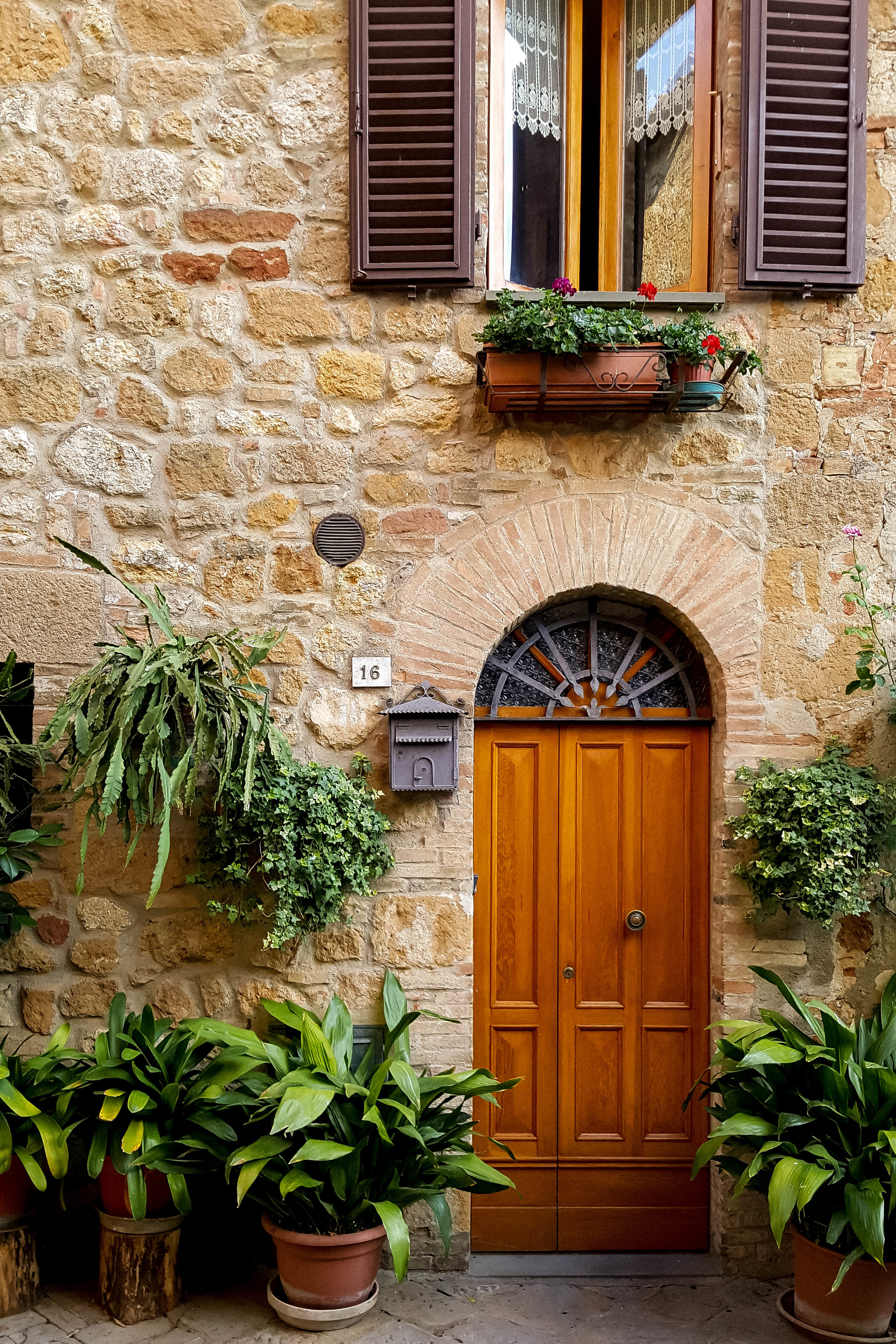

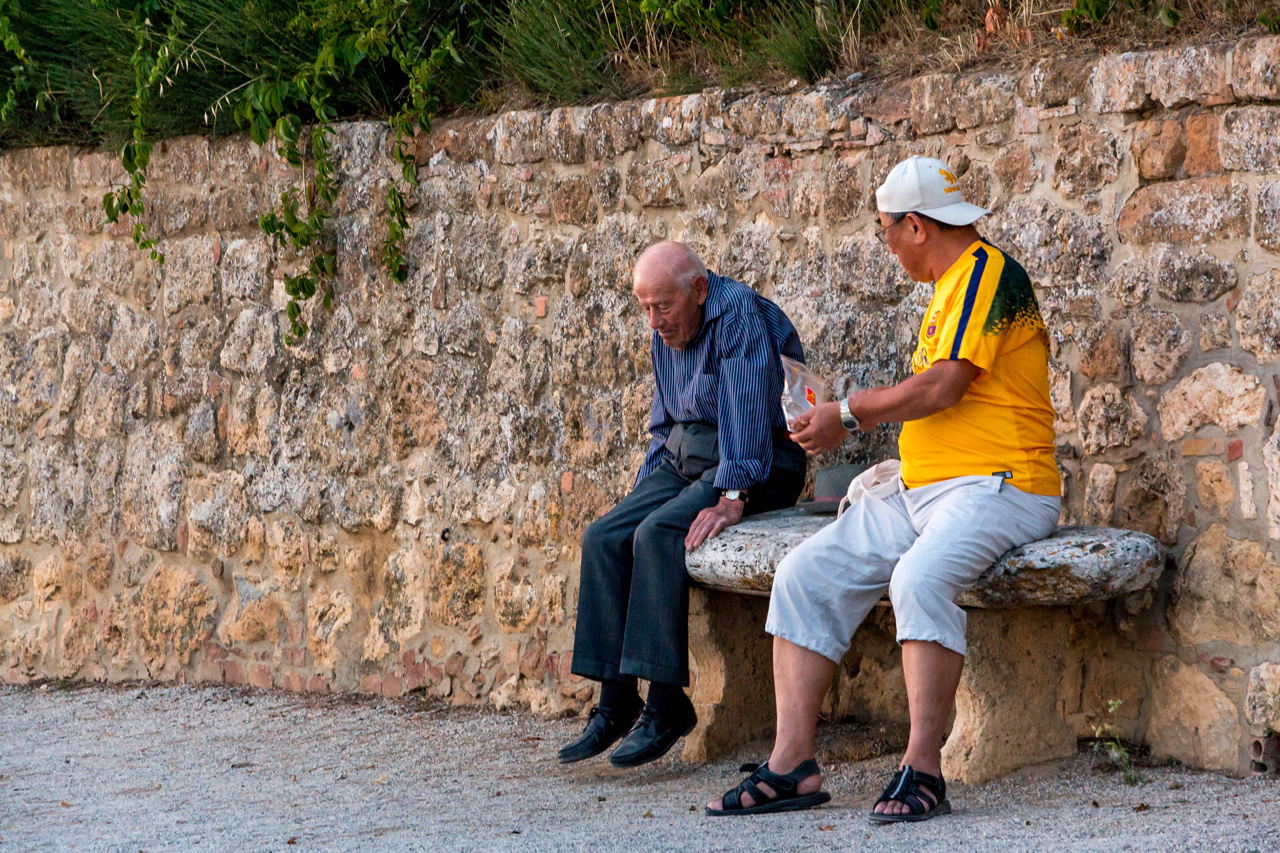
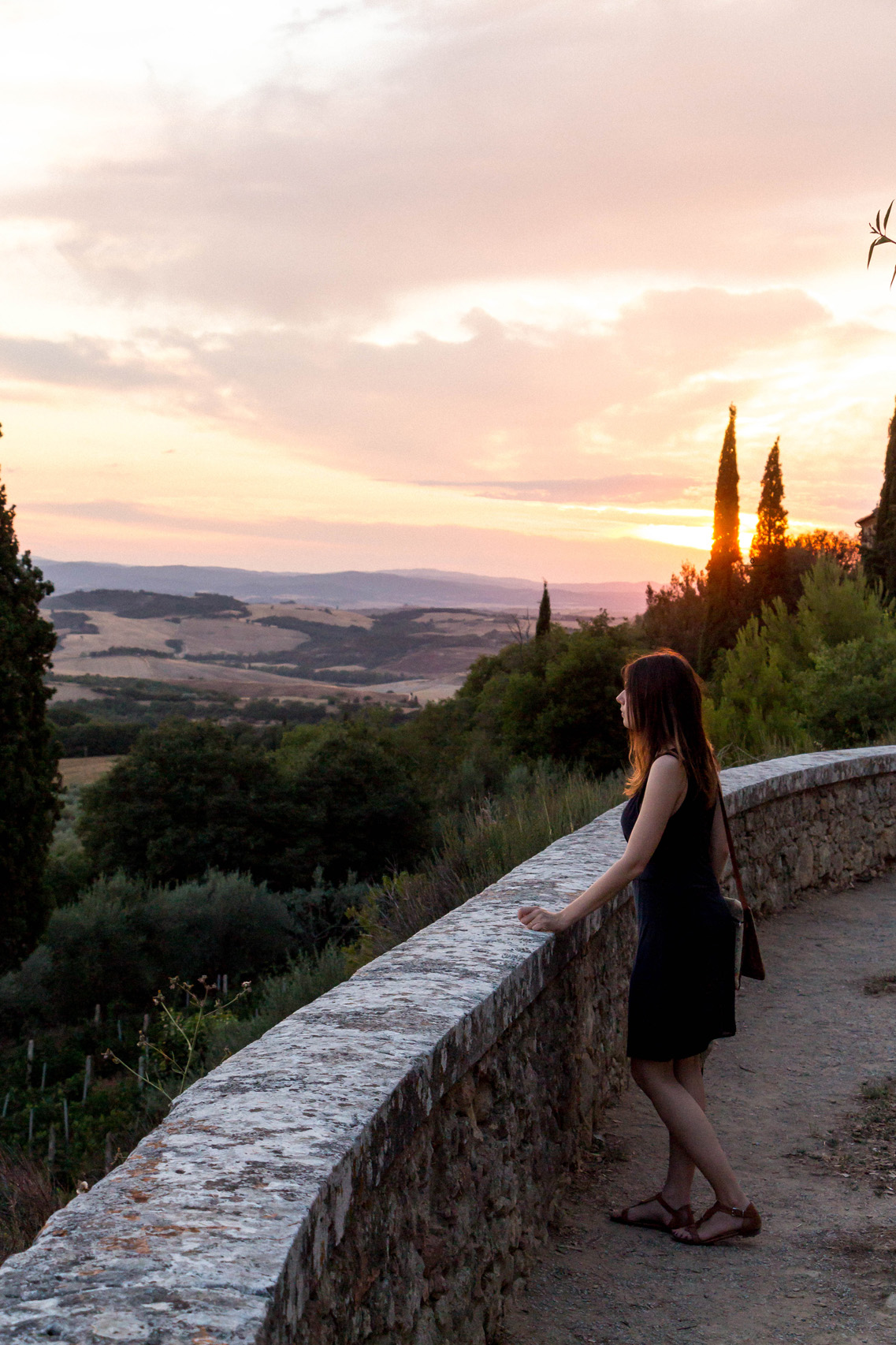
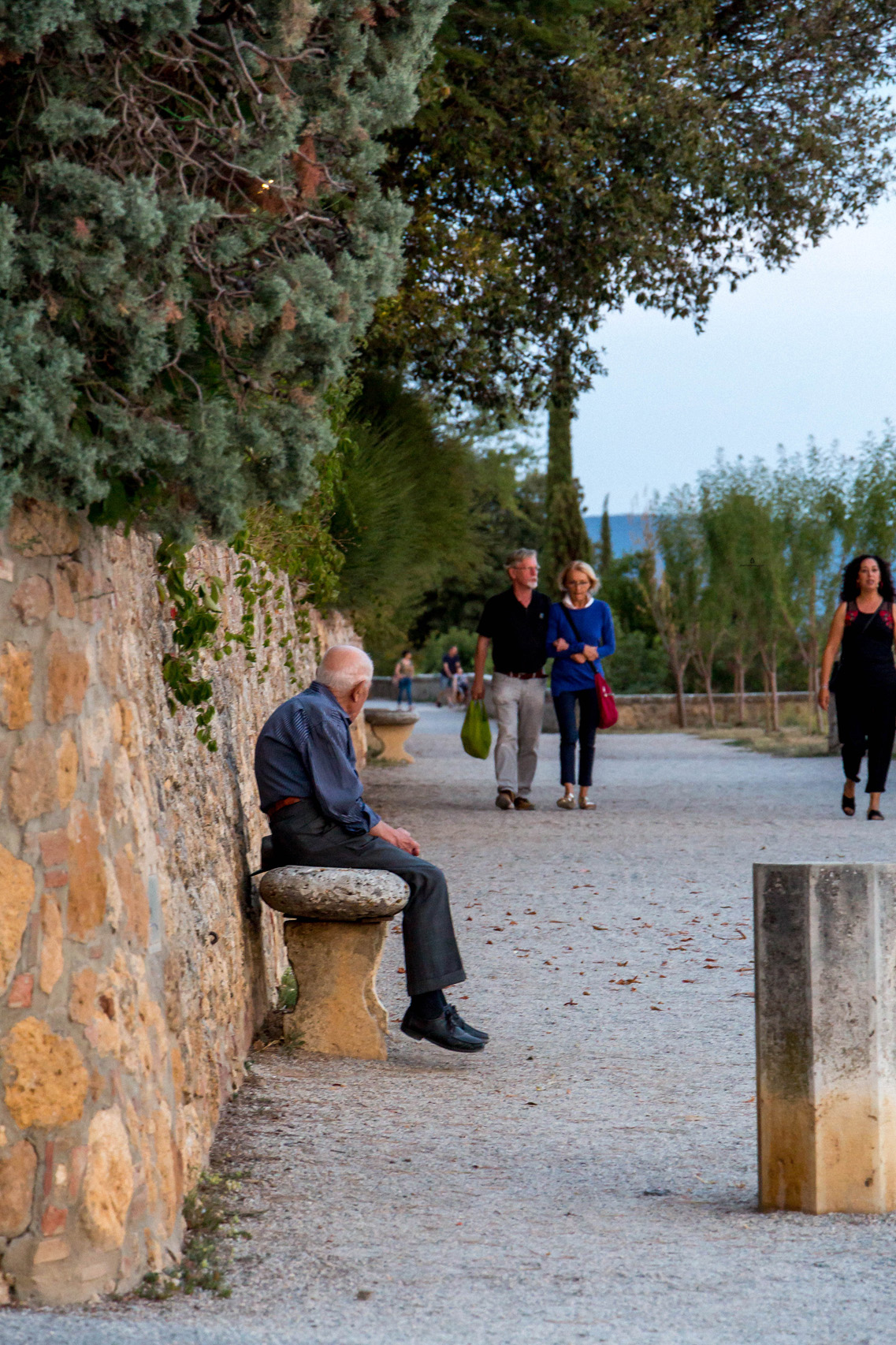
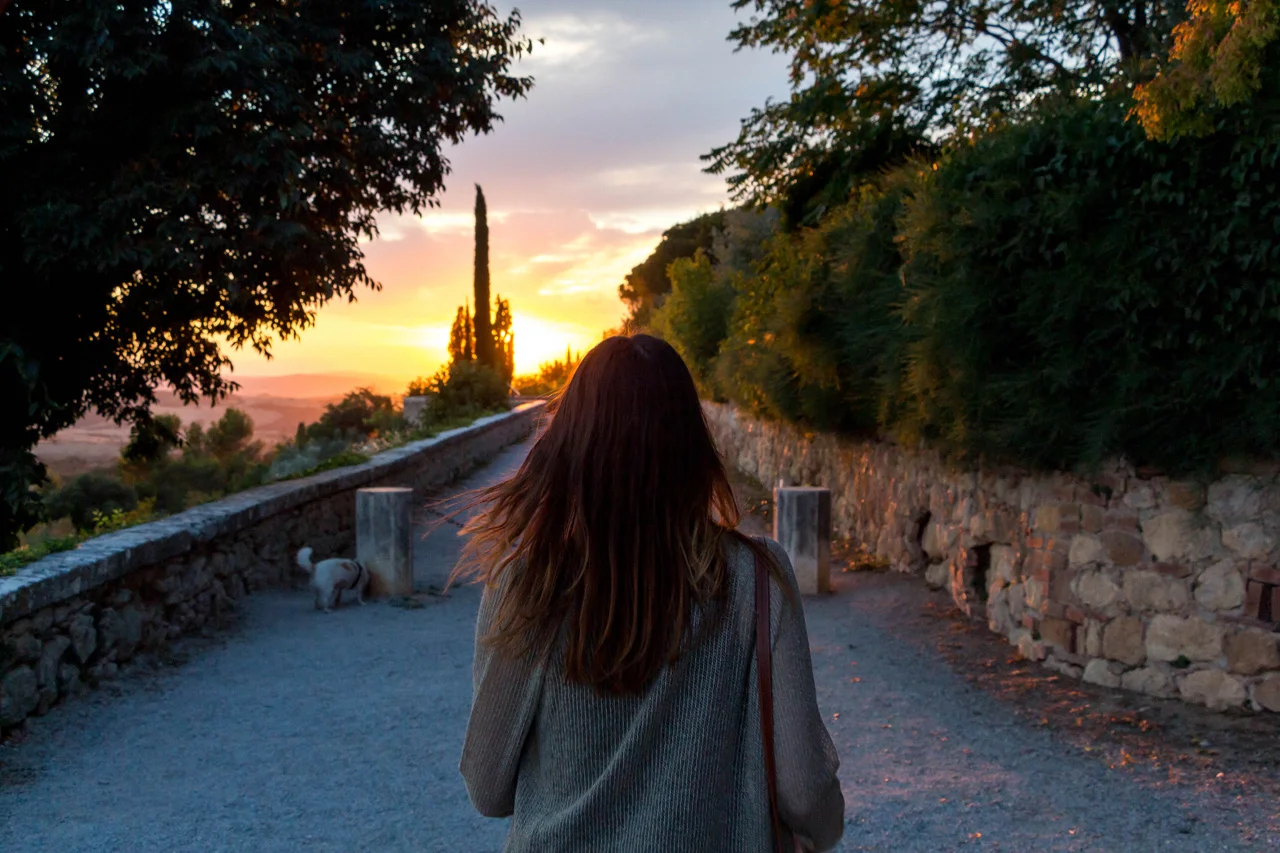
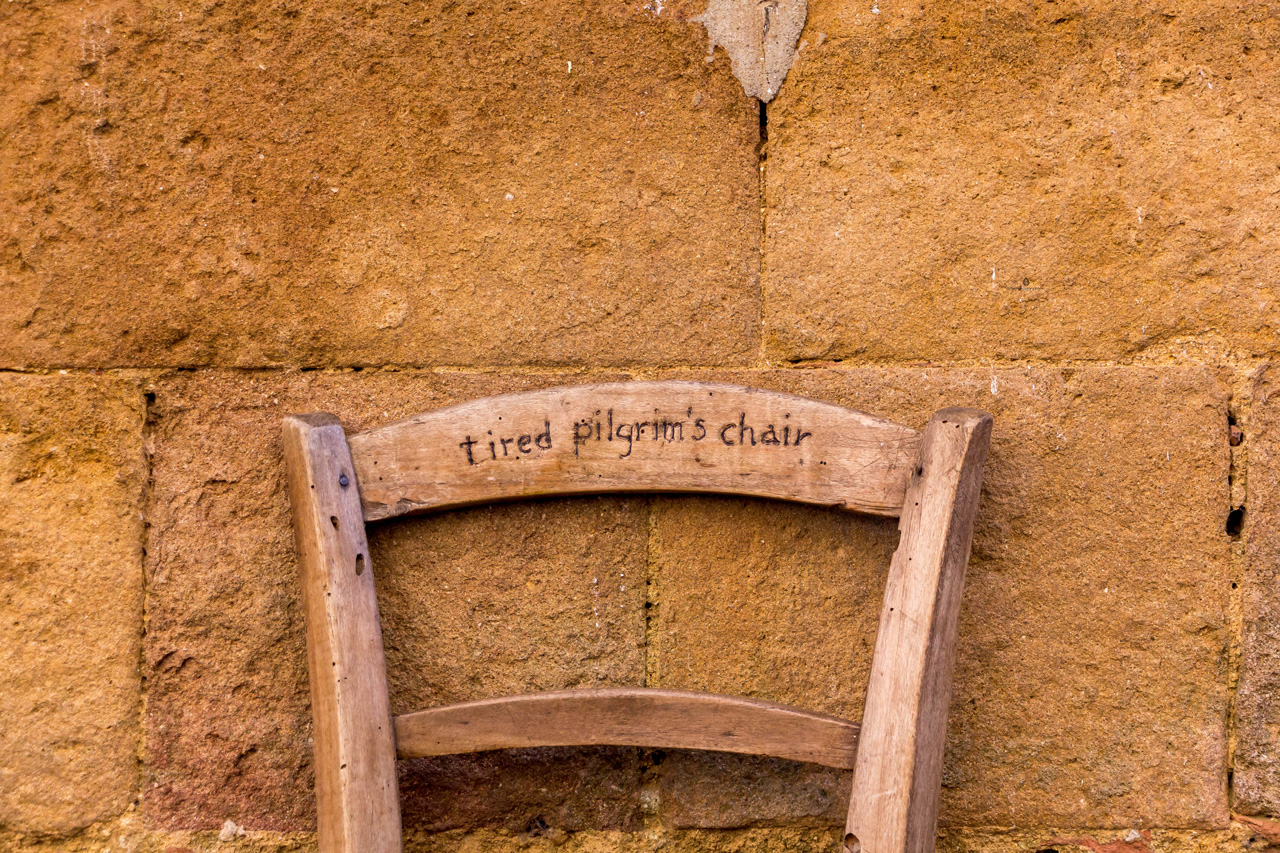
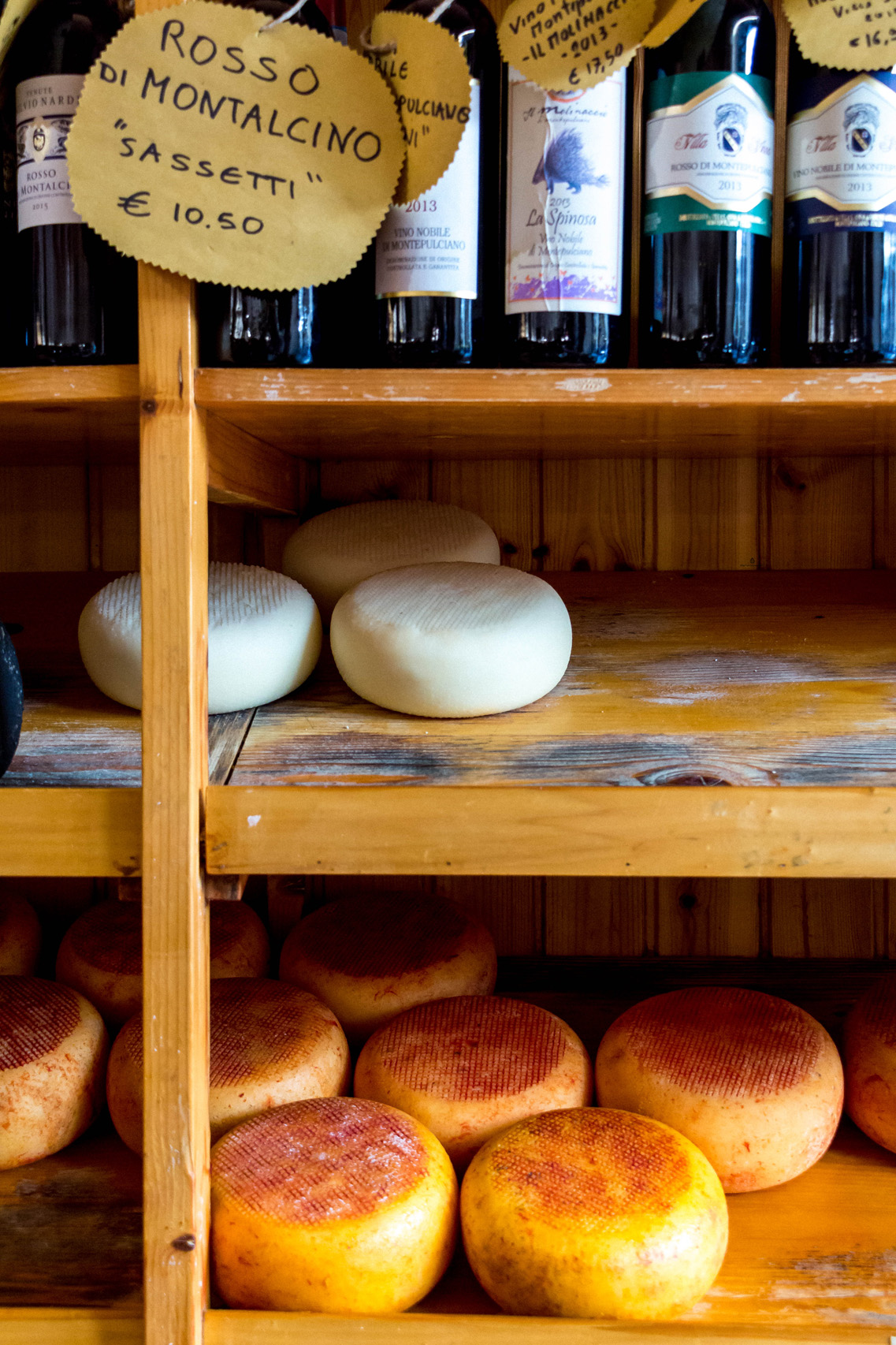
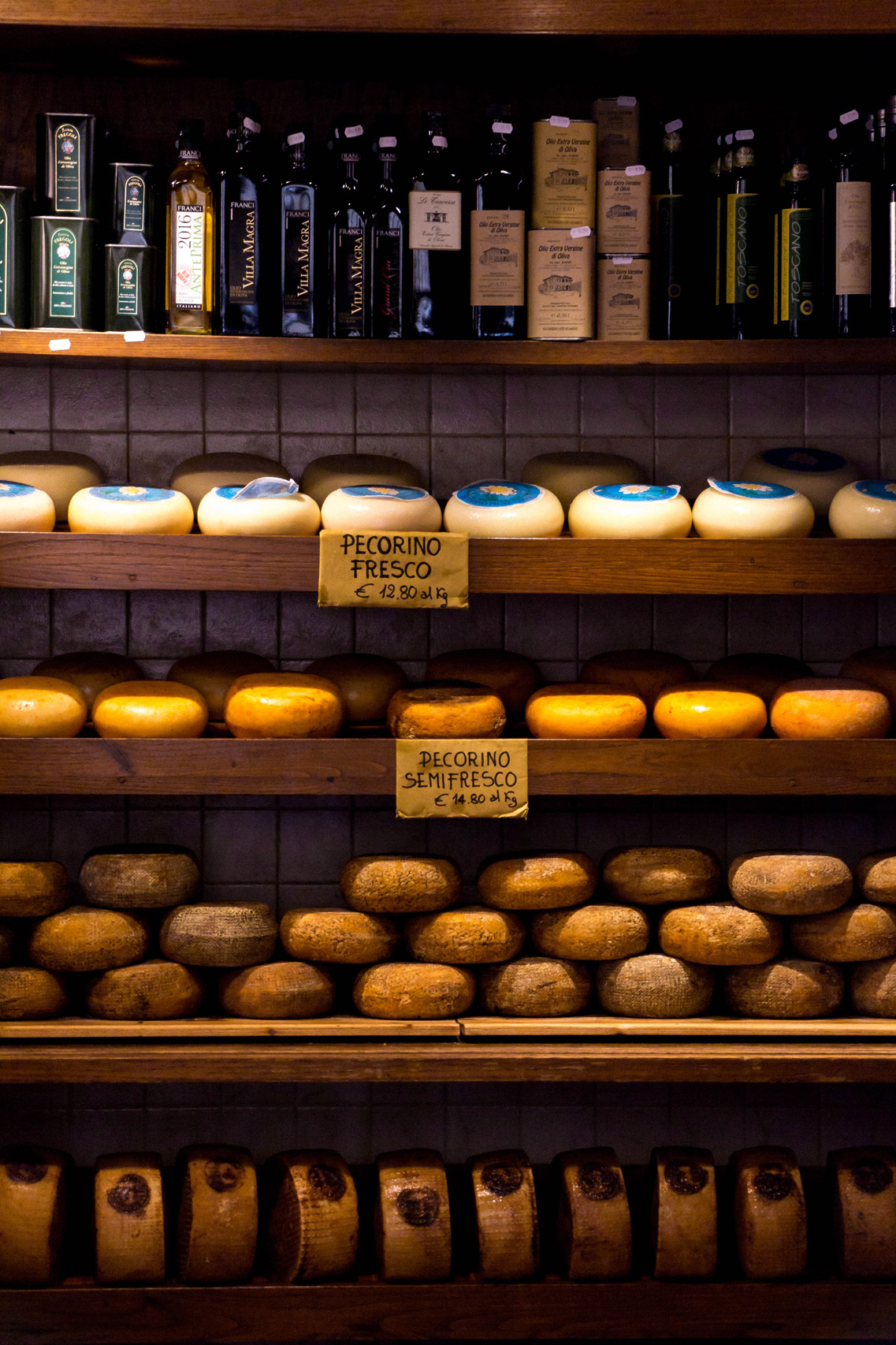

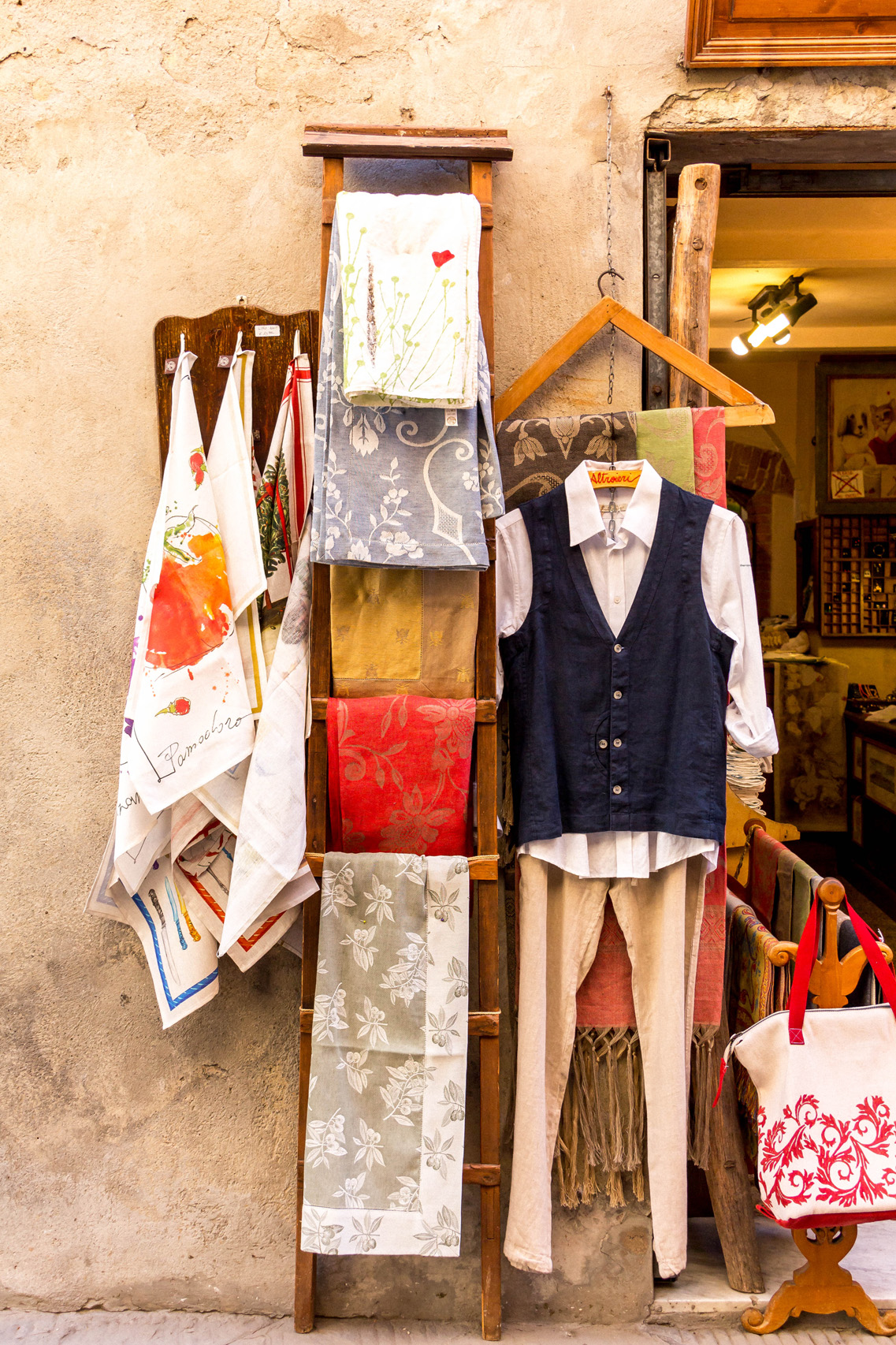
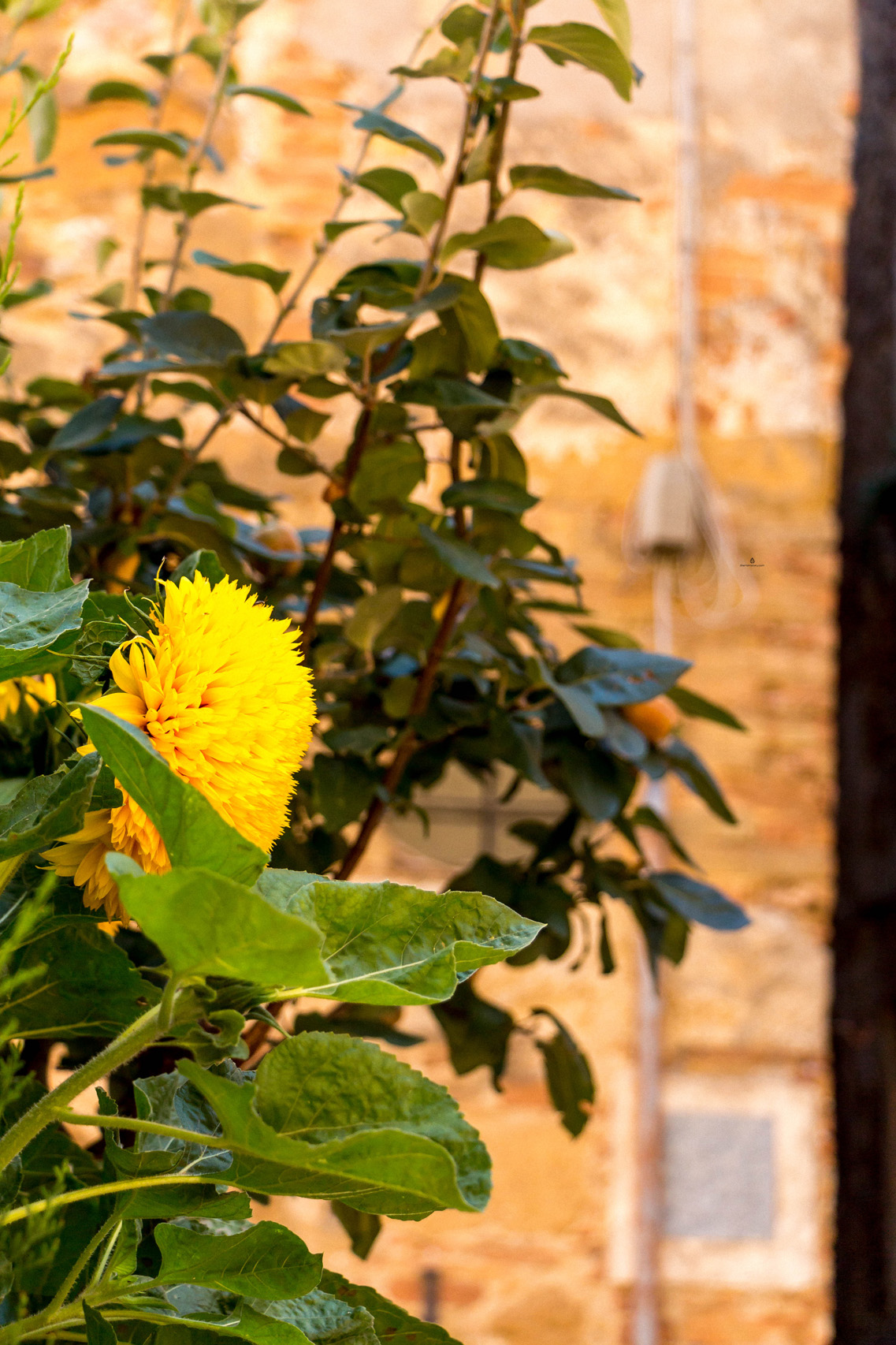

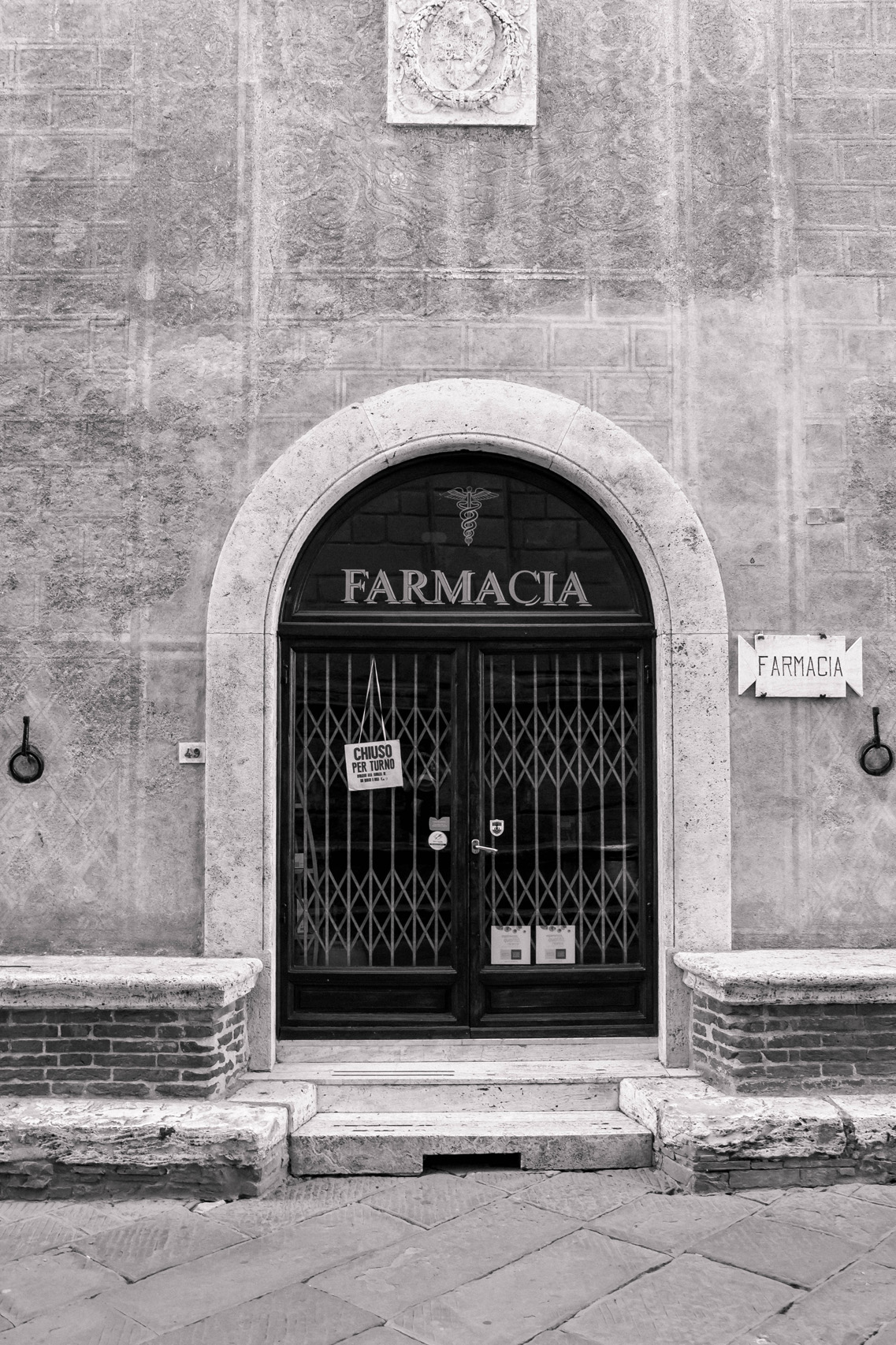
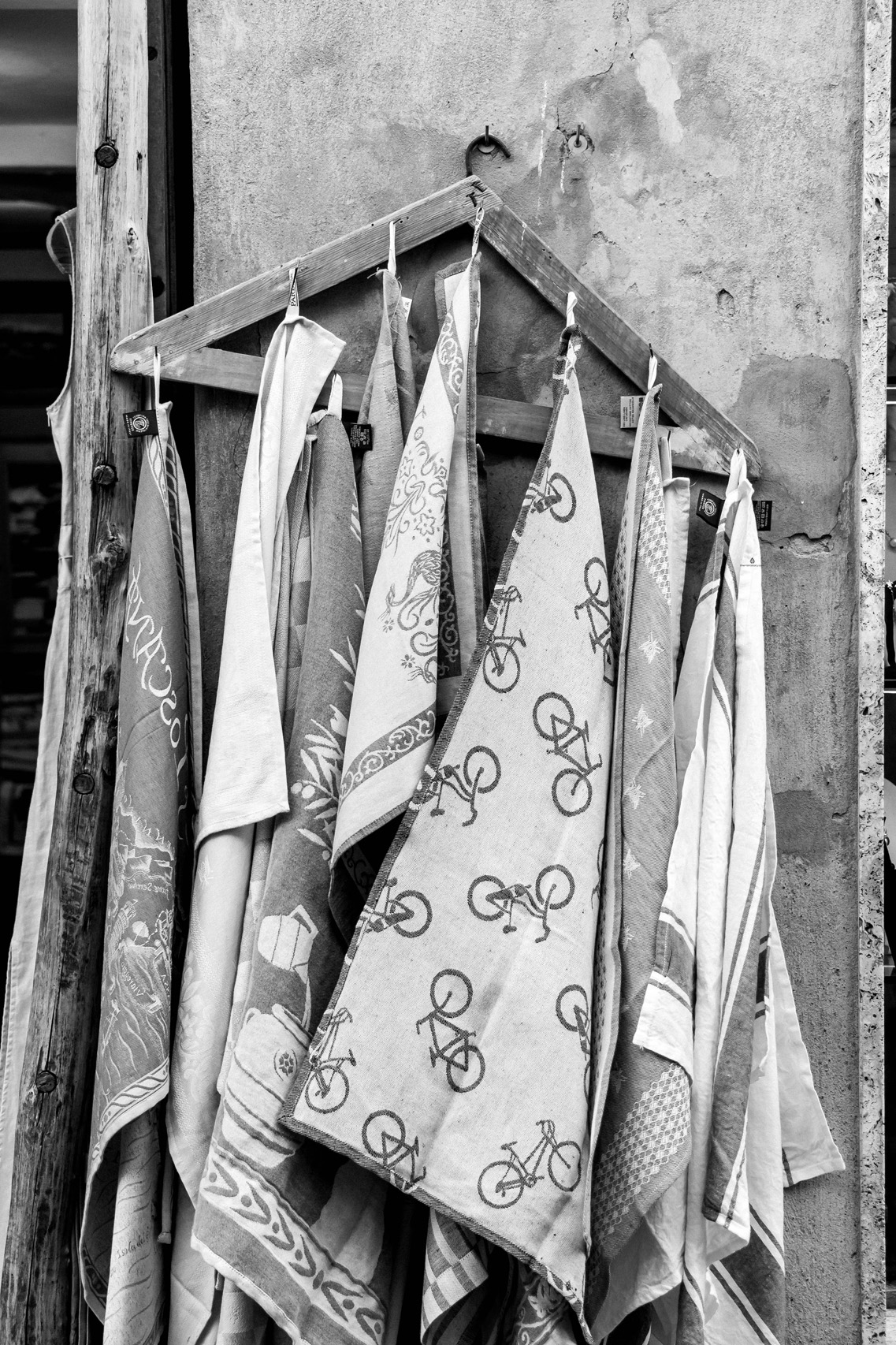

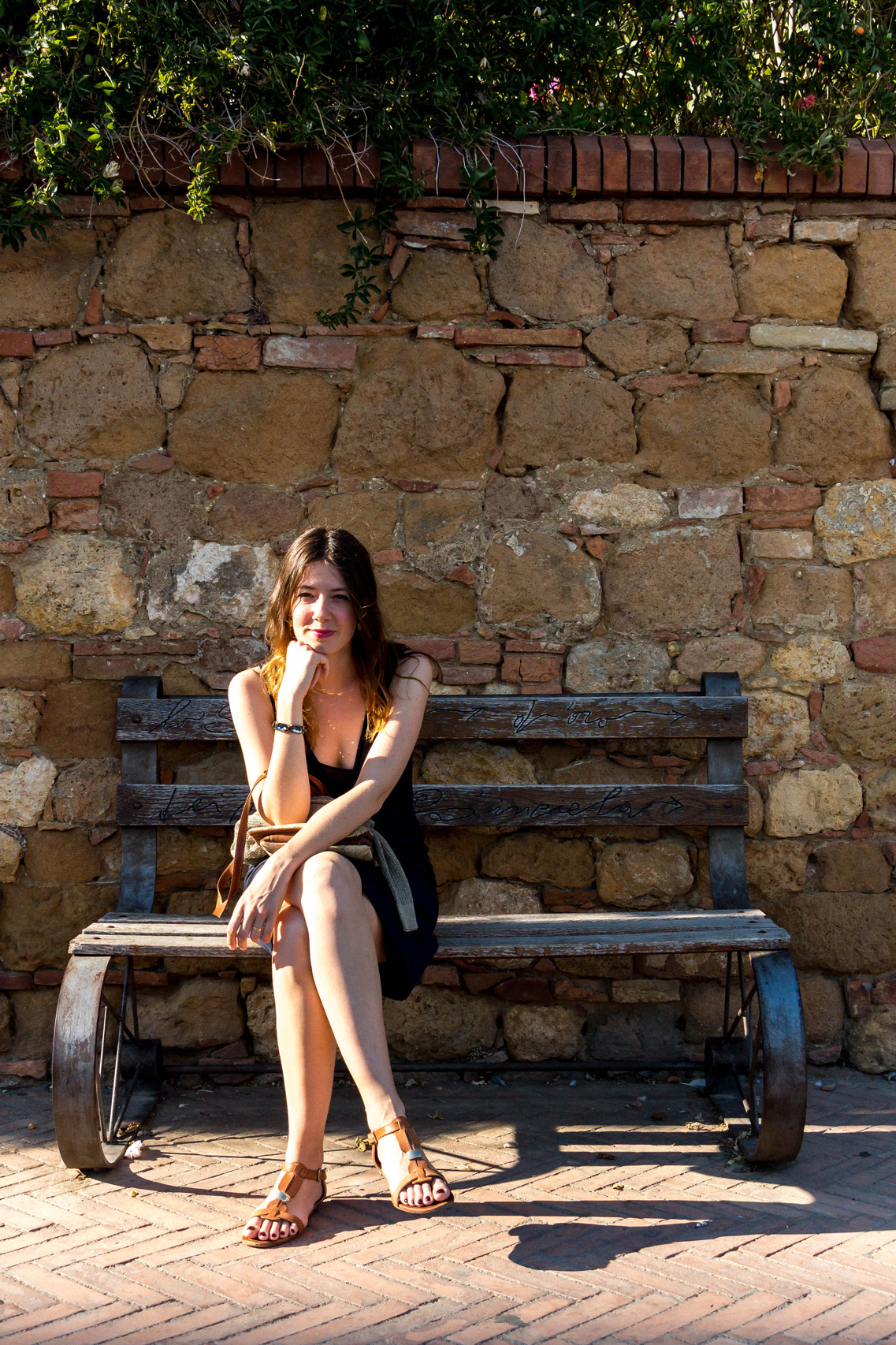
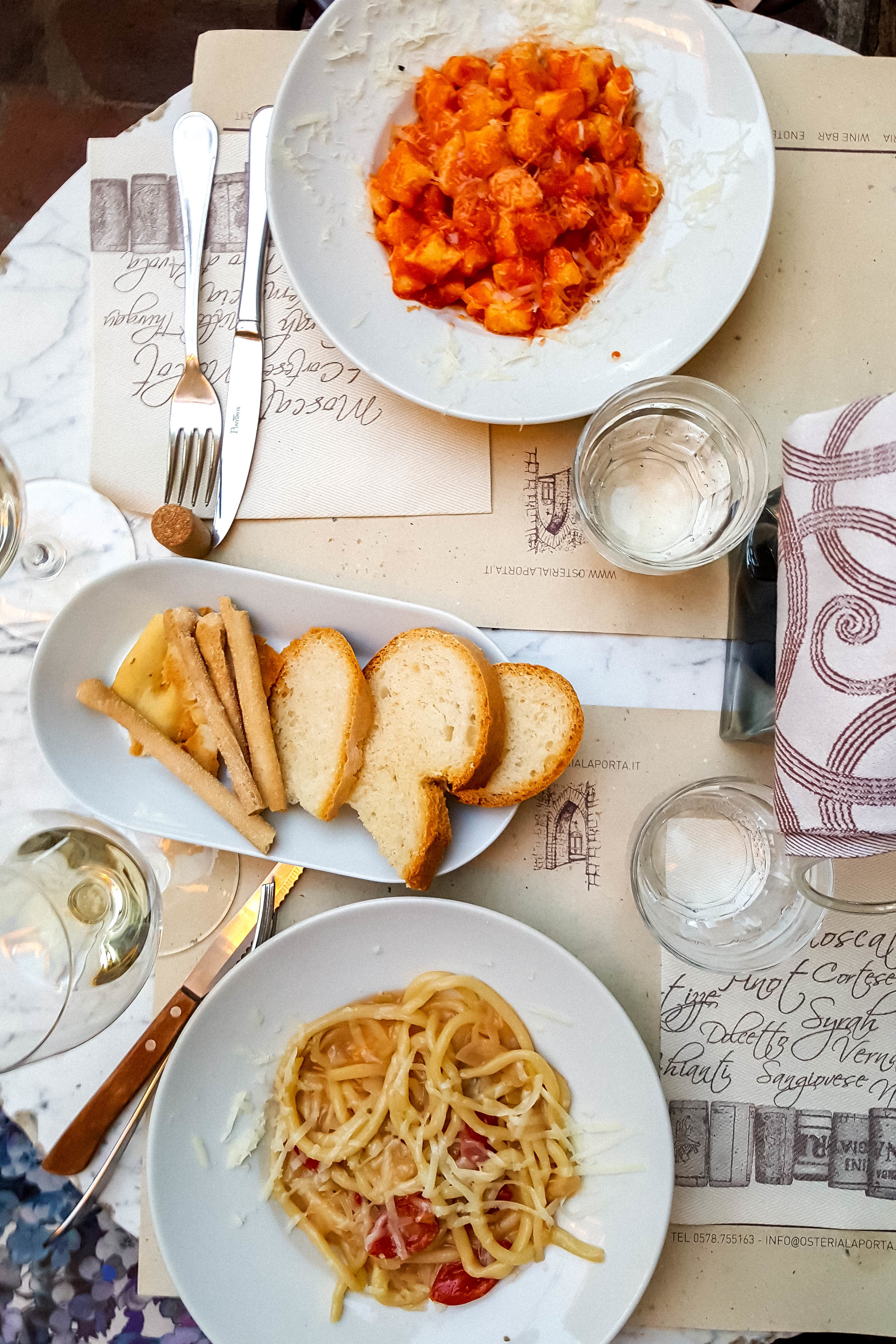

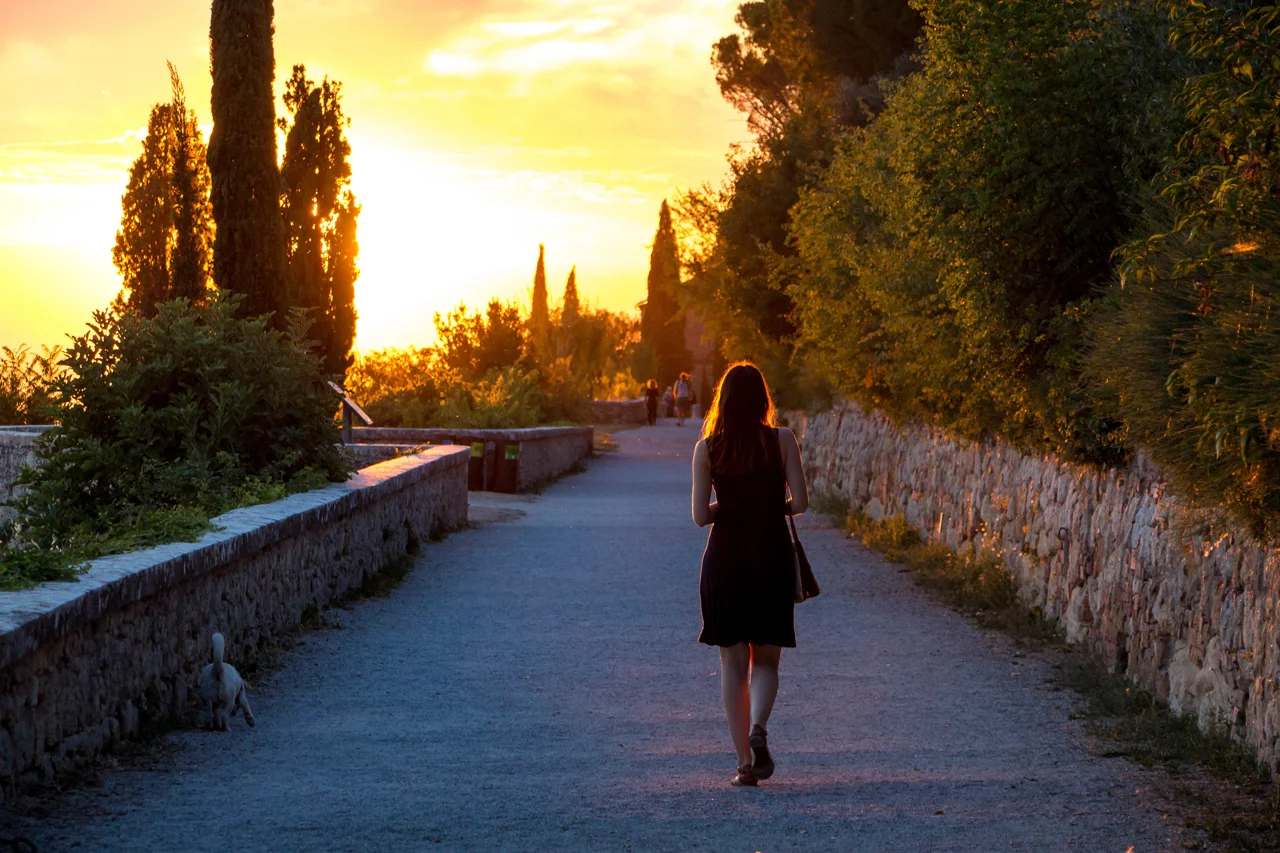
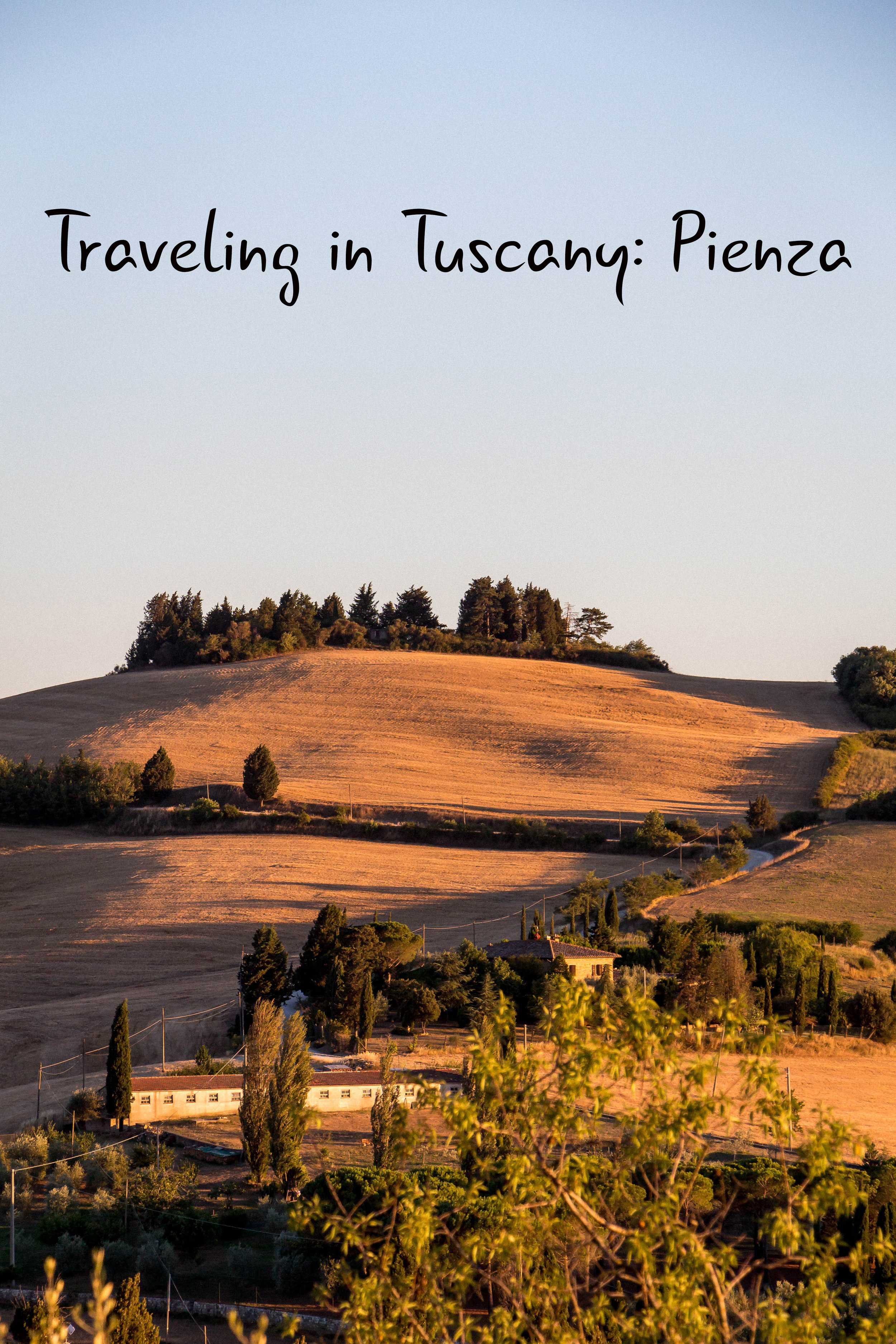
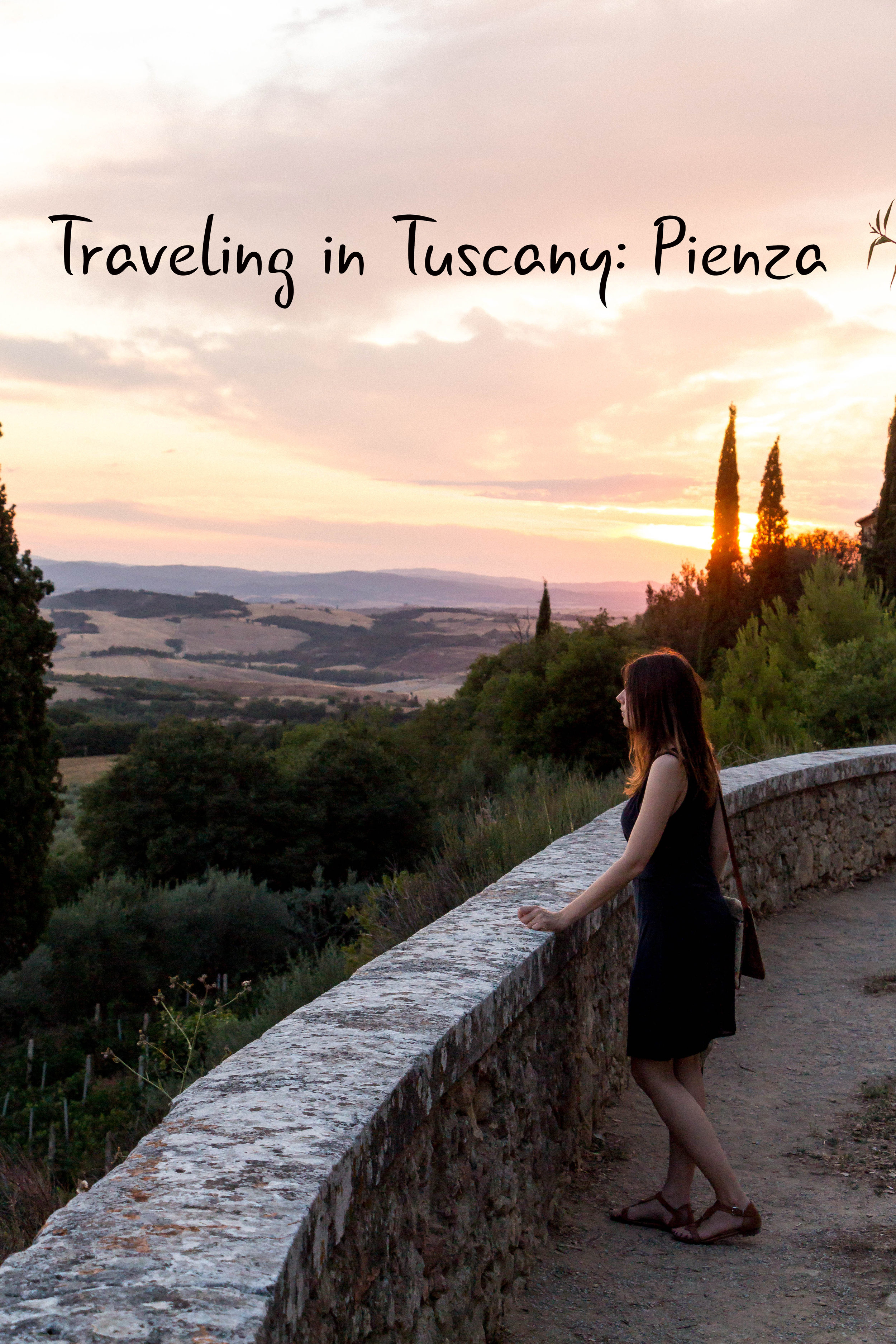






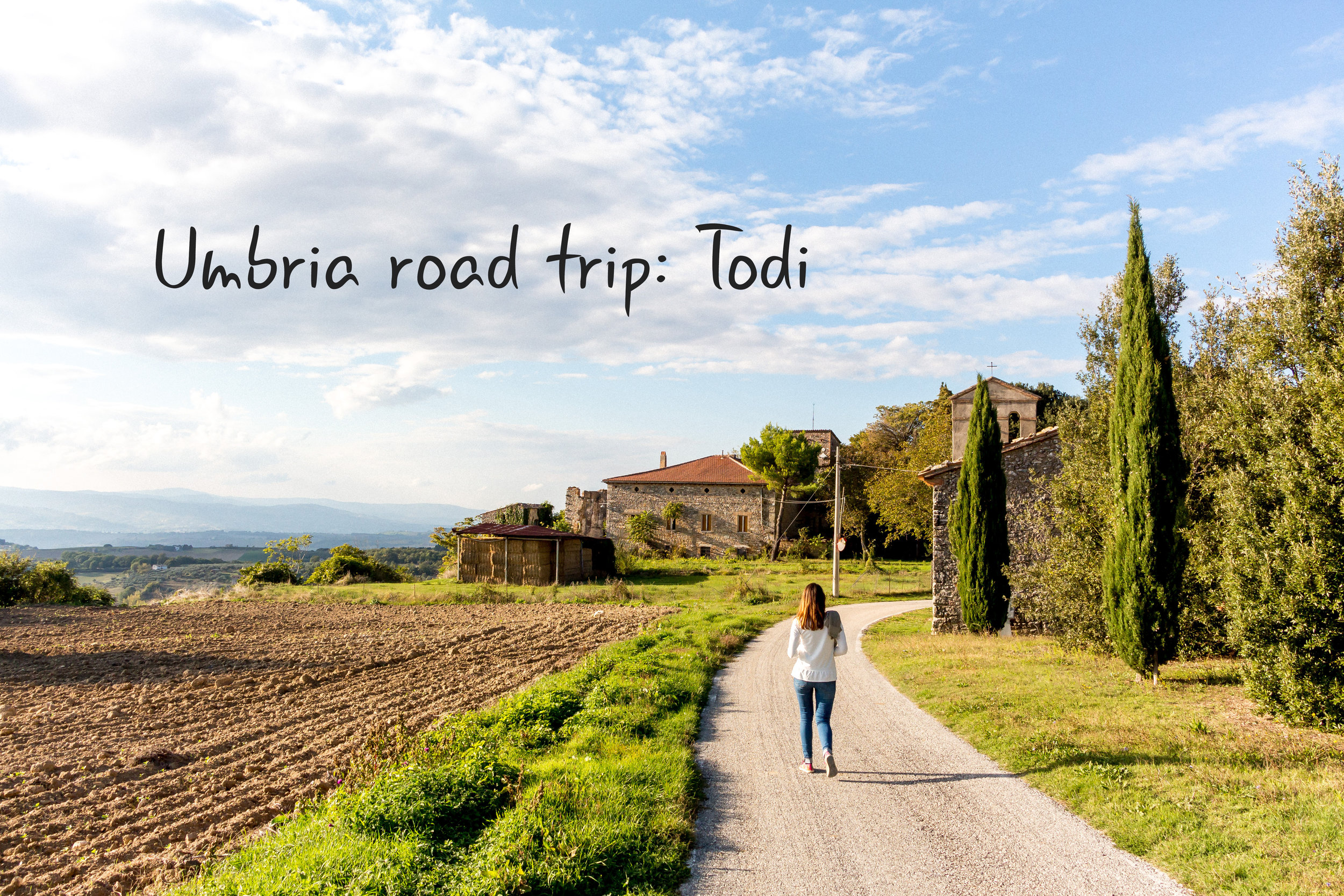


Two summers ago, between a couple of days spent in our dear Padova, and a week on our dear Marettimo, we squeezed in a day trip to Bologna, a little more than an hour’s drive from Padova.